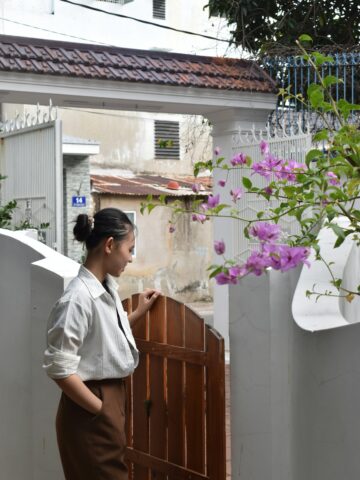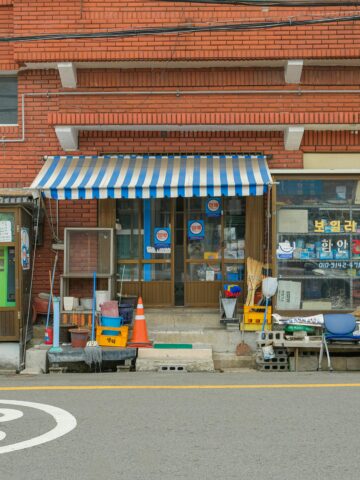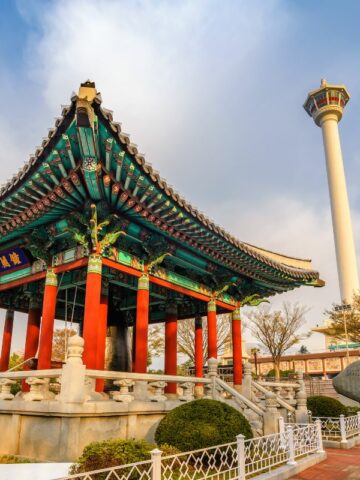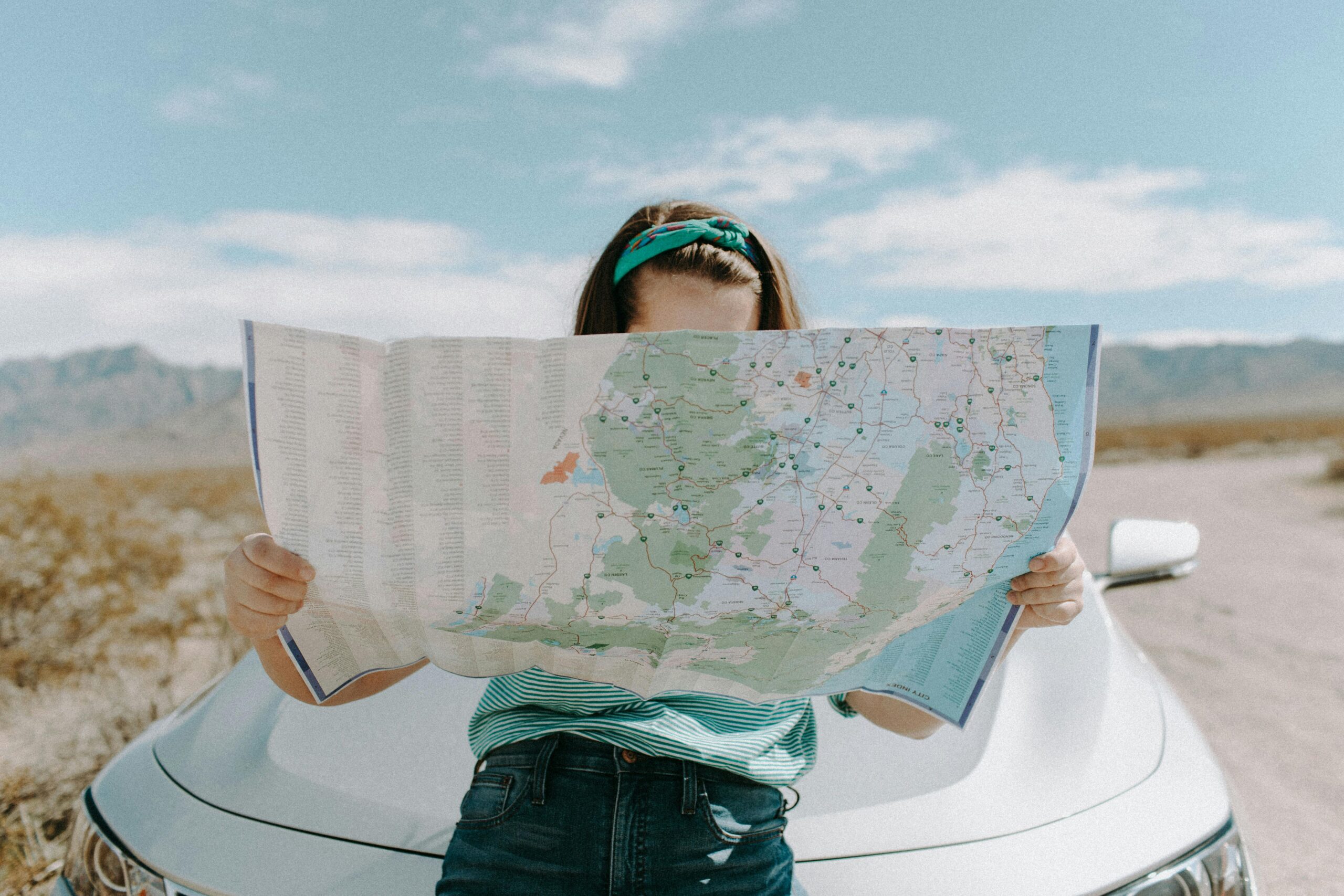Planning a trip to South Korea in winter can be exciting but also overwhelming—especially if you don't know how to make the most of your time in this breathtaking country. To start a winter Korea itinerary, it’s a good idea to start in the vibrant heart of Seoul, the bustling capital.
With so many things to see and do, it can be overwhelming to visit Korea in 7 days—and in the frigid cold, no less! This is where a well-planned itinerary for Korea comes in. Based on 3+ years of living in Korea, below I show you 4 different options for an ideal wintertime itinerary for South Korea in 7 days or fewer.
The 4 Korea itinerary options each start in Seoul and then cover a different city in the country that's ideal for wintertime travel in Korea: Busan, Jeju, Gwangju, and Jeonju.
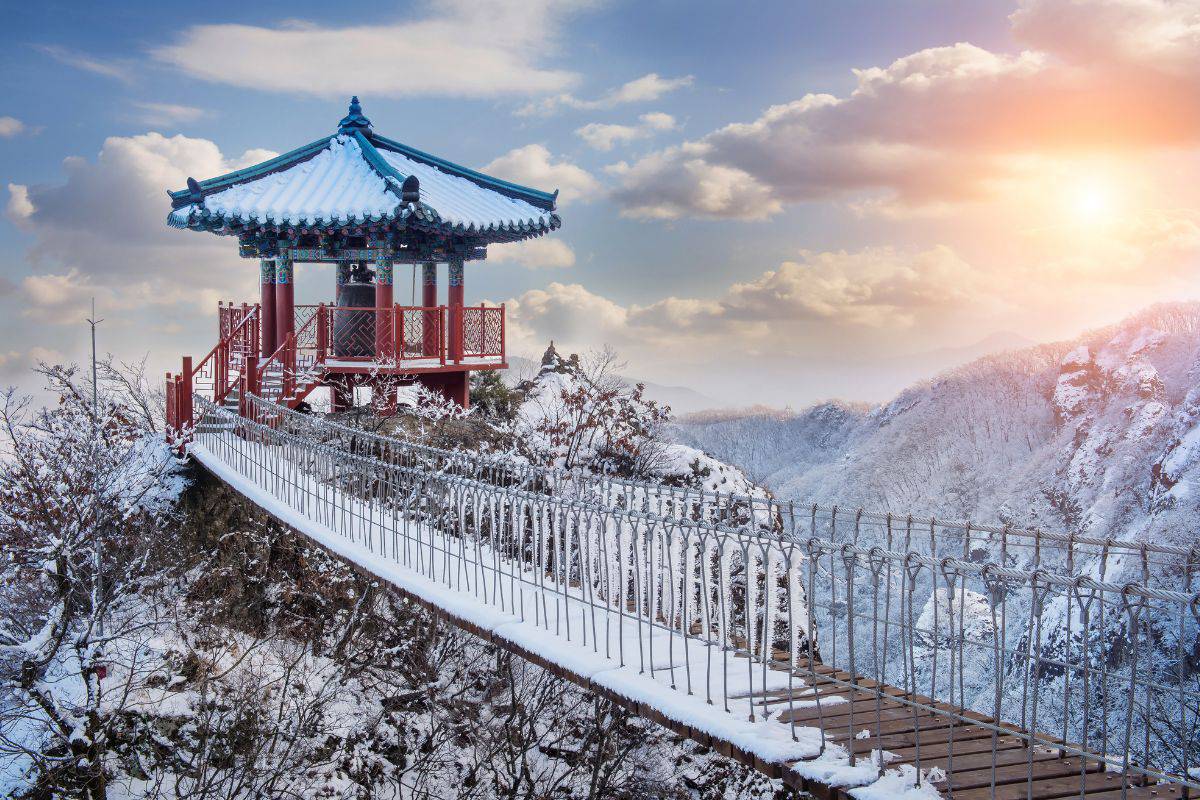
Jump to:
- ✈️ Basics of Travel in South Korea
- 🧳 Arrival and Settling In
- 🥢Wintertime Foods to Try in Korea
- 📃 4 Winter Itineraries for Korea (Seoul + Other City)
- 🏯 First 3 Days in Seoul
- 🌟 Next 4 Days in Busan
- 🌟 Next 4 Days in Jeju Island
- 🌟 Next 4 Days in Gyeongju
- 🌟 Next 4 Days in Jeonju
- 🚅 Winter Day Trips from Seoul
- 🎊 Winter Festivals in Korea
- 📝 Korea Travel Tips
- 🙋 Frequently Asked Questions
- 💬 Comments
✈️ Basics of Travel in South Korea
Visa: Most travelers will need a K-ETA (Korean Electronic Travel Authorization), applied for at least 72 hours before departure. If you needed a visa before, you'll need a K-ETA now. Note that from April 1, 2023, to December 31, 2025, passport holders from 22 countries, including the US, UK, Canada, and several EU nations, can visit visa-free – no K-ETA required!
Currency: South Korean won (KRW or ₩)
Arrival in Korea: all international flights arrive at Incheon Airport (ICN), one of the best-rated airports in the world. It usually takes about 1 hour to get through security & pick up checked bags.
Getting Around: Korea has an extensive & reliable public transport system. A refillable T-Money card is your ticket to buses and trains across the country; you can buy and refill yout TMoney card at any subways station or convenience store in Korea.
Internet & SIM Cards: Rent a Wi-Fi egg or purchase a prepaid Korean SIM card at the airport, available for up to one month of connection.
Travel Insurance: always recommended, though some credit card companies offers limited coverage when booking.

🧳 Arrival and Settling In
Incheon International Airport
At Incheon International Airport, you can get any essentials needed to kickstart your South Korea trip, even ones you merely forgot at home. Make sure you grab a map of Seoul from the entrance, along with brochures about the main attractions in Seoul, as these will come in handy.
If you need to recharge your gadgets or grab something quick to eat, there are plenty of free areas with charging ports you can use, and there are 24-hour convenience stores and restaurants in the arrivals terminal. You can also refresh yourself in any of the free showers on the 4th floor East and West wings of the Main Terminal.
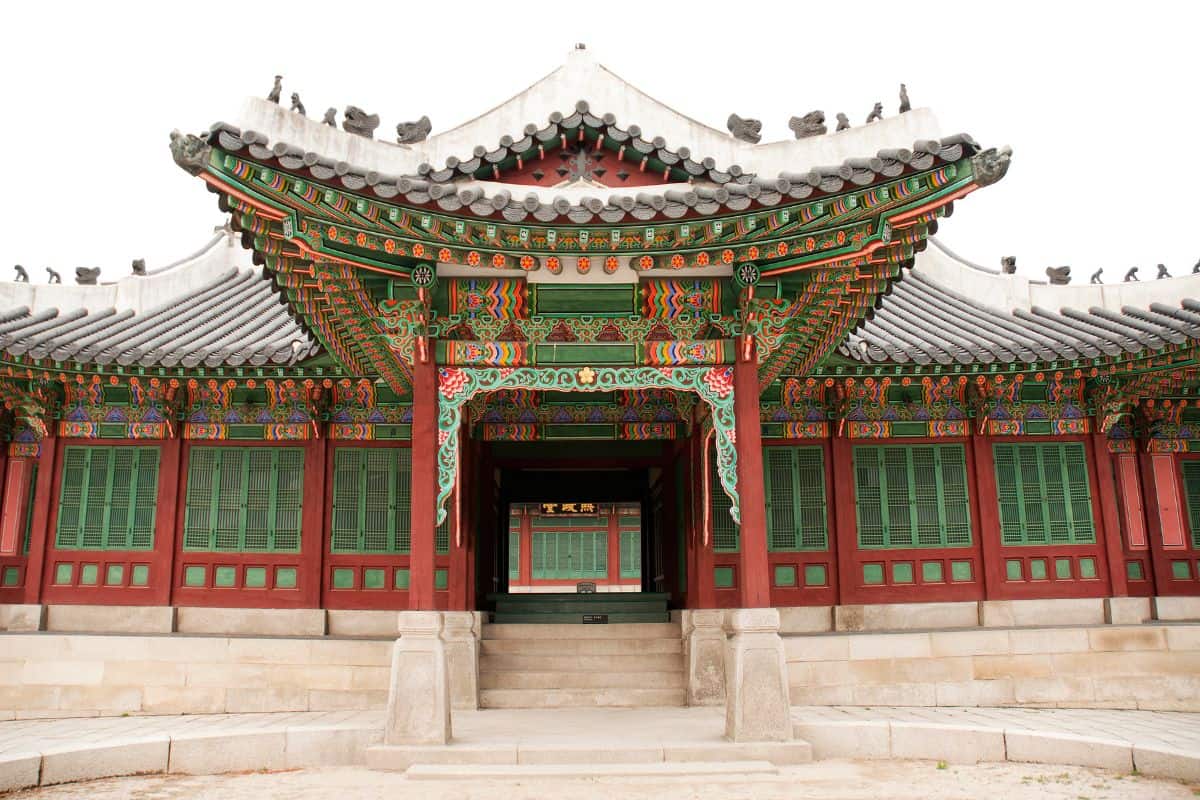
Public Transport in Seoul
The fastest (and cheapest) way to get to Seoul from Incheon airport is to use the Airport Railroad Express (AREX), which takes around 45 minutes to reach the central Seoul Station if you choose the Express Line (a direct train with no stops) and only an hour if you don’t mind riding the All-Stop train.
For the Express line you need to buy tickets rather than being able to use your transport card -just visit the Seoul Station Express Train entrance and buy a ticket from the booth next to the machines. The cost for a single ticket is ₩9,500 (~$7USD) for adults and ₩7,500 (~$6USD) for children.
The All-Stop train of the Seoul subway, on the other hand, can be accessed using a T-Money card, which you can buy from any of the convenience stores in Incheon Airport. The T-Money card can be used on buses, subways, and taxis within Korea and is a helpful way to save both time and money while traveling.
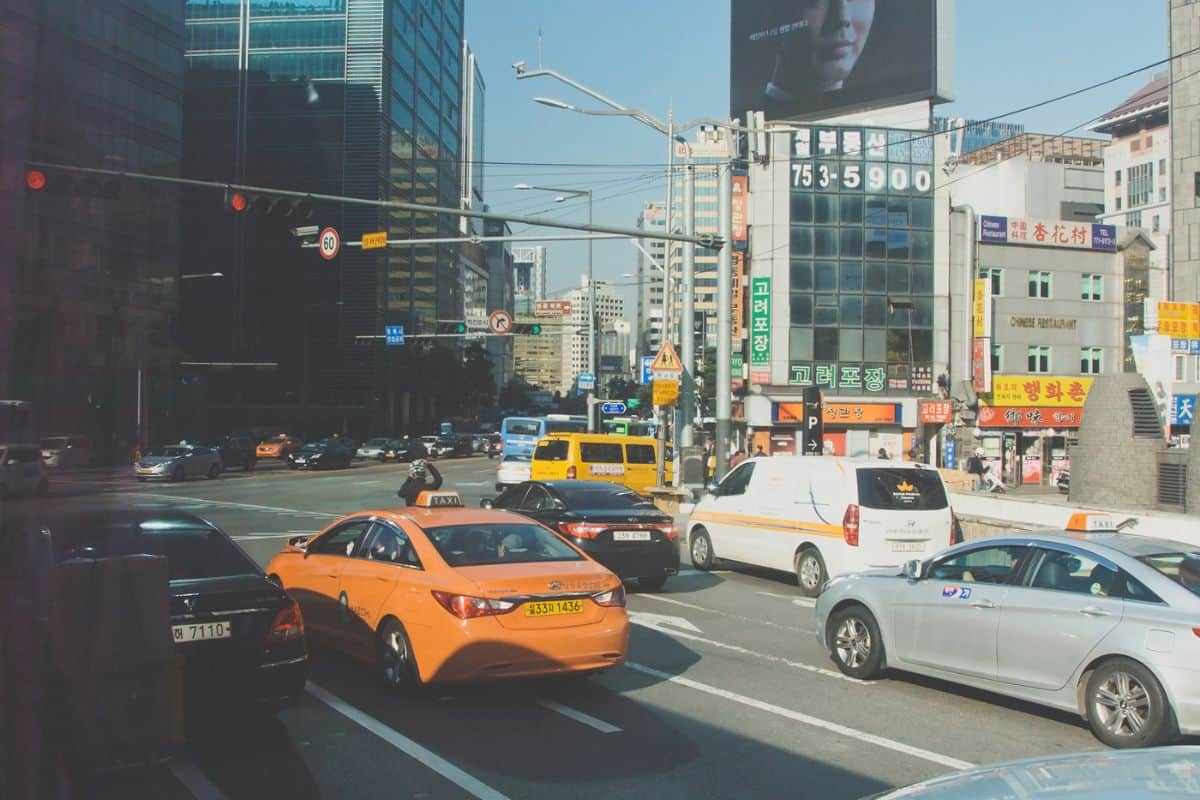
Discover Seoul Pass
I also would generally recommend that short-term visitors (one week or less) invest in a Discover Seoul Pass, a card that lets you enjoy free admission to 30+ popular tourist attractions in Seoul. You can also snag discounts for various cultural performances, duty-free shops, and experiences, with the full list found on the Discover Seoul website.
It's available for 24, 48, and 72 hours, and you can buy the pass online in advance, at Incheon Airport upon arrival, or at various locations throughout Seoul.
| Discover Seoul Pass | Price |
| 24-hours | ₩50,000 (~$37USD) |
| 48-hours | ₩70,000(~$52USD) |
| 72-hours | ₩90,000(~$67USD) |
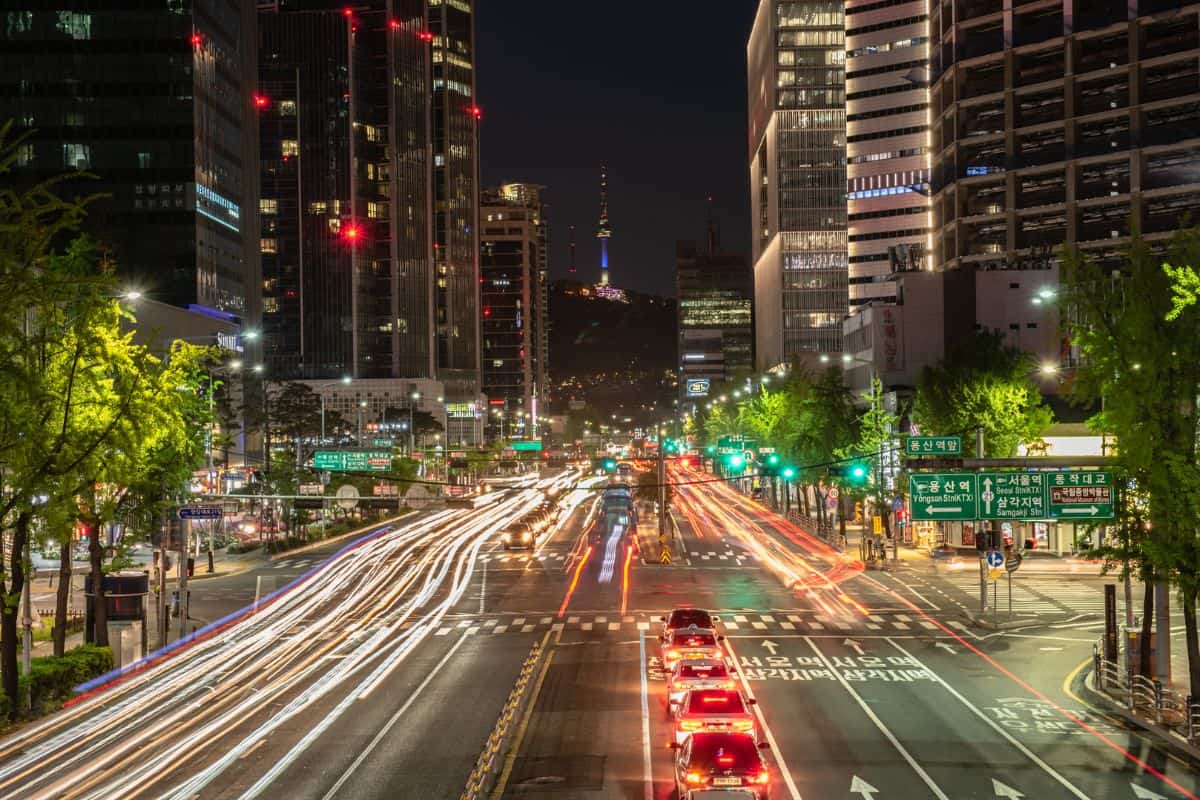
🥢Wintertime Foods to Try in Korea
No trip to South Korea is complete without indulging in some delicious Korean food. South Korean cuisine counts among it a rich and diverse variety of flavors that can tantalize even th epickiest of eaters.
The country is known for its emphasis on fresh, local ingredients and gut-friendly, healthy recipes. One of the must-try dishes in Korea is bibimbap, literally translated as 'mixed rice.'
This white rice-based bowl has minced meat (optional), various fresh chopped vegetables, and gochujang (Korean hot pepper paste). Sometimes there's even an egg on top, which makes this Korean comfort food heartier and more filling.
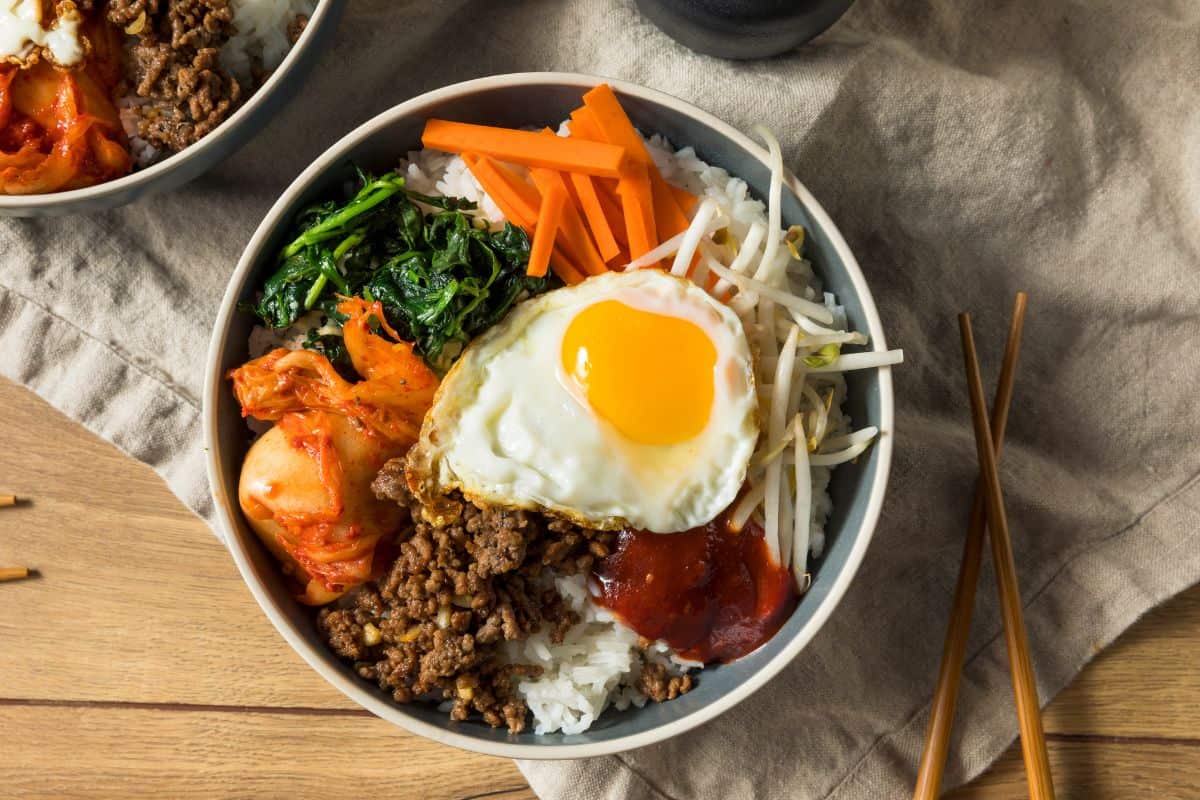
Another staple is kimchi, a fermented cabbage dish spiced with garlic, ginger, and red pepper. Korean households always have this on their tables, and it’s the main ban chan (side dish) with meals.
If you’re looking for a quick and filling Korean snack, tteokbokki is a popular street food dish that's avialable almost all day long. These spicy rice cakes are long, a bit slimy, and absolutely delicious. Kids and older people love the taste, especially when they go with cheese tteokbokki.
For meat lovers, samgyeopsal is my top recommendation - this fresh grilled pork belly dish is usually served with ssam (lettuce wraps), gochujang, and assorted ban chan, letting you customize the flavor to your liking.
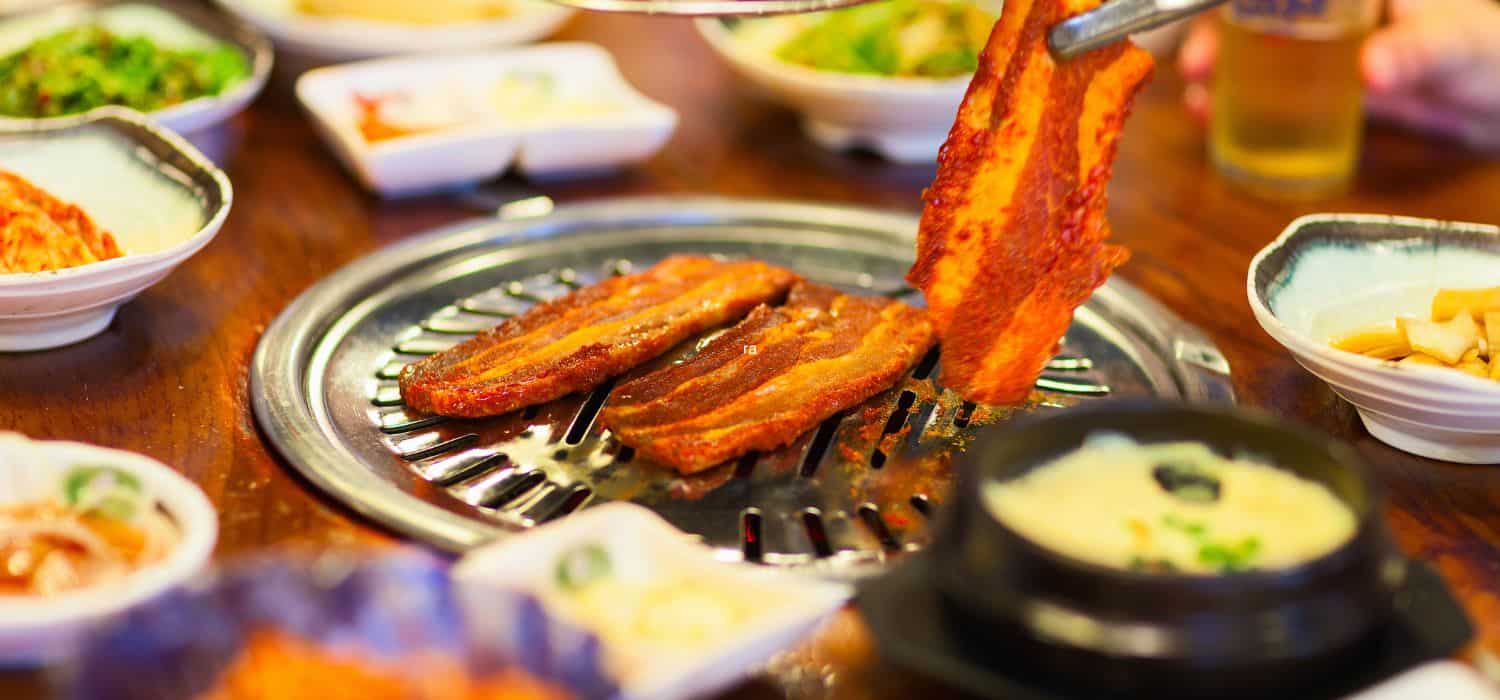
South Korea is definitely a foodie's paradise, and there’s no better way to experience it than by spending an evening eating dishes from street food vendors in traditional local markets.
Some of the best winter markets to visit include Dongdaemun, Gwangjang, Insadong, Mangwon, and Myeongdong. Each of these markets offer various Korean street foods perfect for wintertime— from gyeranppang (egg toast bread) to hotteok (sweet pancakes) and everything in between.
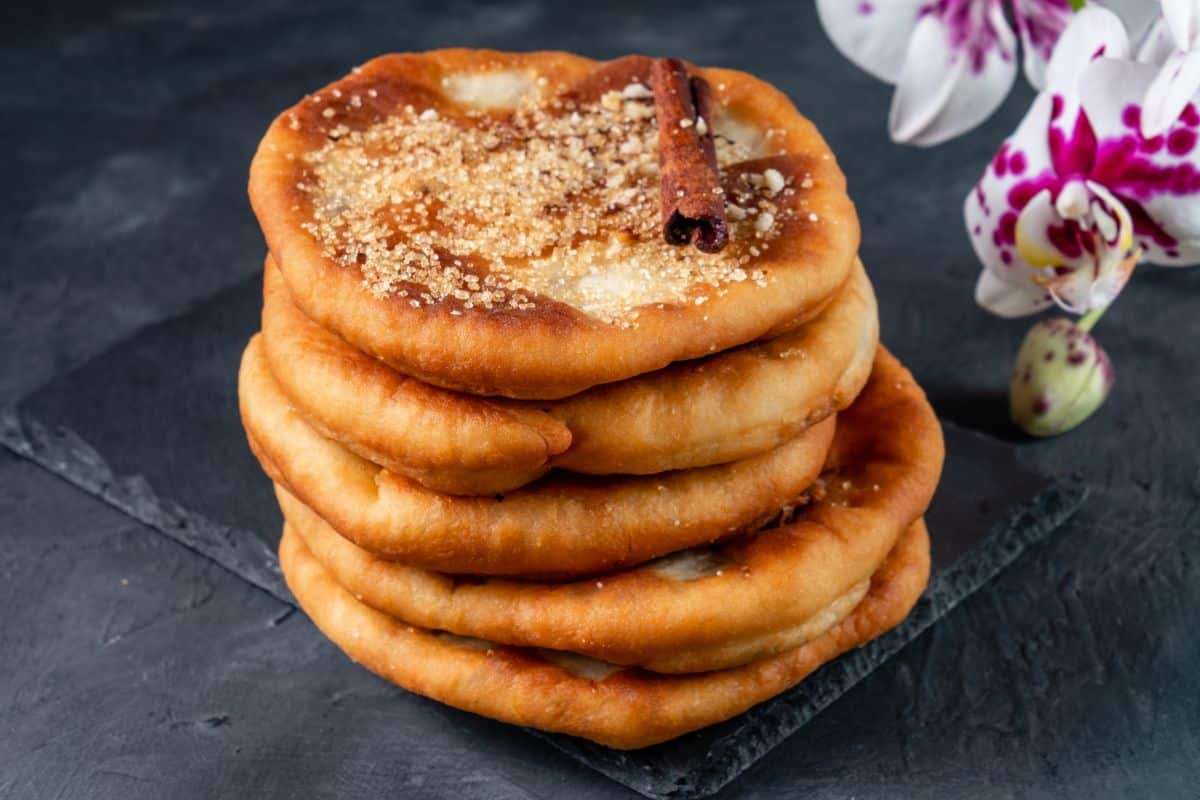
If you’re a seafood lover, don't miss the chance to visit Noryangjin, a seafood market in Seoul that offers a wide variety of fresh seafood, including King Crab and the notorious Penis fish, which they can cook on the spot or you can take home to prepare yourself.
Busan, on the other hand, is known for its seafood. Find time to swing by Jagalchi Fish Market, notorious for its large clams, eel, and octopus, if you head south to the coastal city.
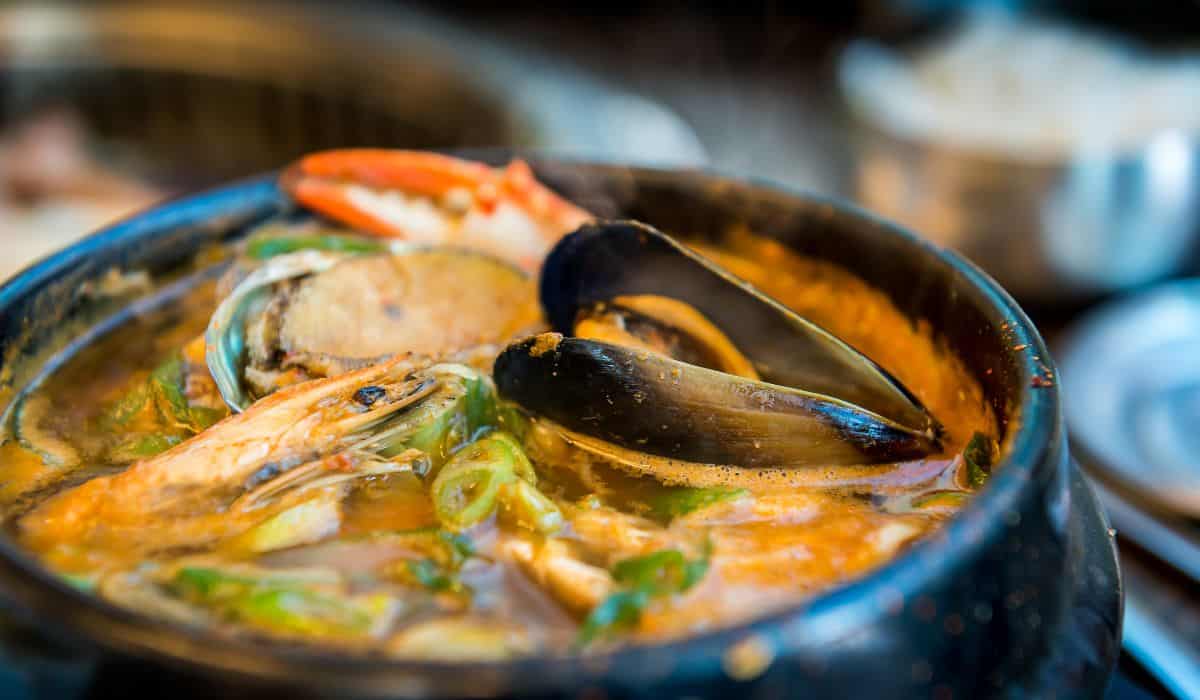
📃 4 Winter Itineraries for Korea (Seoul + Other City)
While Seoul is a must-visit during your trip to South Korea, the country has numerous other cities that boast interesting wonders, particularly Busan, Jeju Island, Gyeongju, and Jeonju. Each city is unique in its own way, and it’s worth a shot to swing by at least one of these cities during your 7 days in South Korea.
🏯 First 3 Days in Seoul
Day 1 Morning: Gyeongbokgung Palace
When you’re in Seoul, the so-called Palace of Shining Happiness is my recommended first stop. It's the largest and grandest among the 5 Seoul Palaces, and it used to be the main royal residence of the Joseon Dynasty’s royalty, so there's lots of historical tidbits to uncover on a tour.
As you venture through the palace grounds, you’ll find the architecture remarkable and the gardens peaceful. If you can plan around it, the Changing of the Guard Ceremony is a cool demonstration that happens every day at 10am and 2pm (may be cancelled in case of heavy rain or snow).
You can visit the palace for free using your Discover Seoul Pass or buy an entrance ticket then join the free grounds tour led by an English-speaking guide.
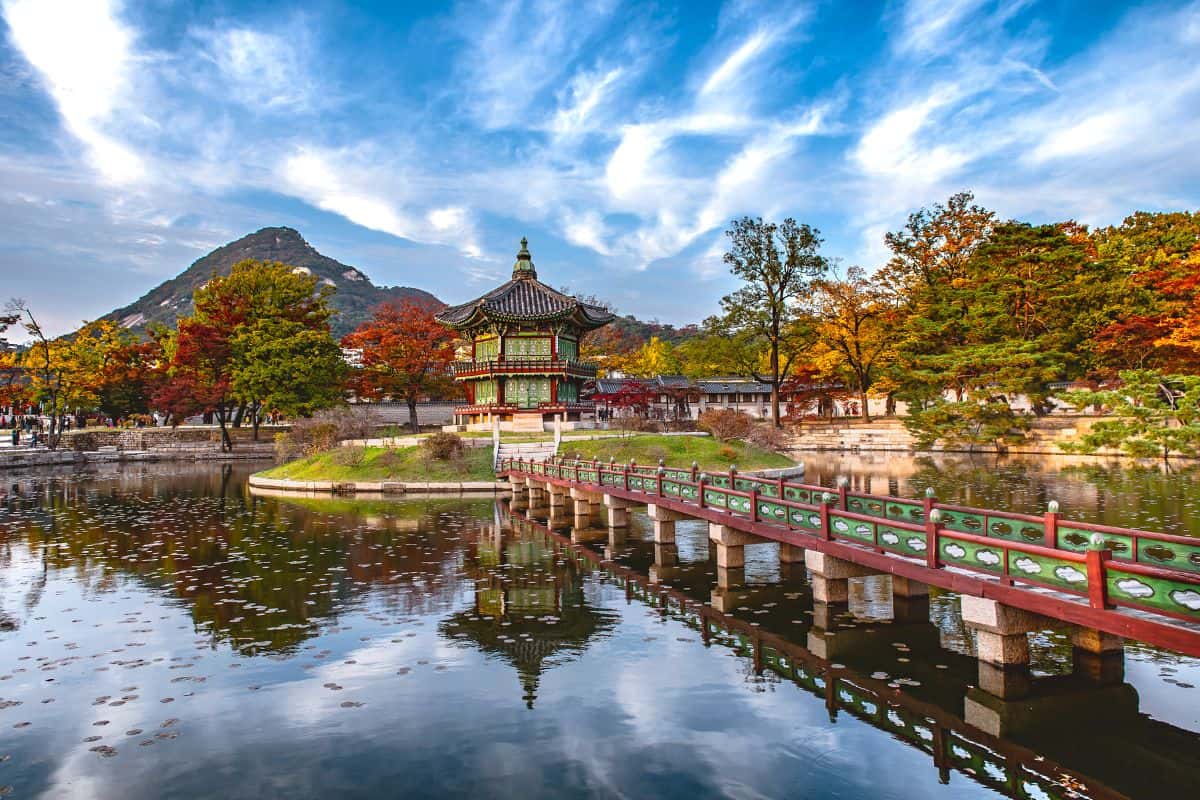
Day 1 Afternoon: Bukchon Hanok Village
Just a short walk from the back of the Gyeongbokgung grounds, you'll find the charming Bukchon Hanok Village. This picturesque neighborhood features traditional Korean hanok houses dating back to the Joseon dynasty, and is a beautiful walk before stopping at a cafe for a pick-me-up.
Take some time to wander through this maze of narrow streets, and maybe even participate in a Korean tea ceremony or try on a traditional hanbok.
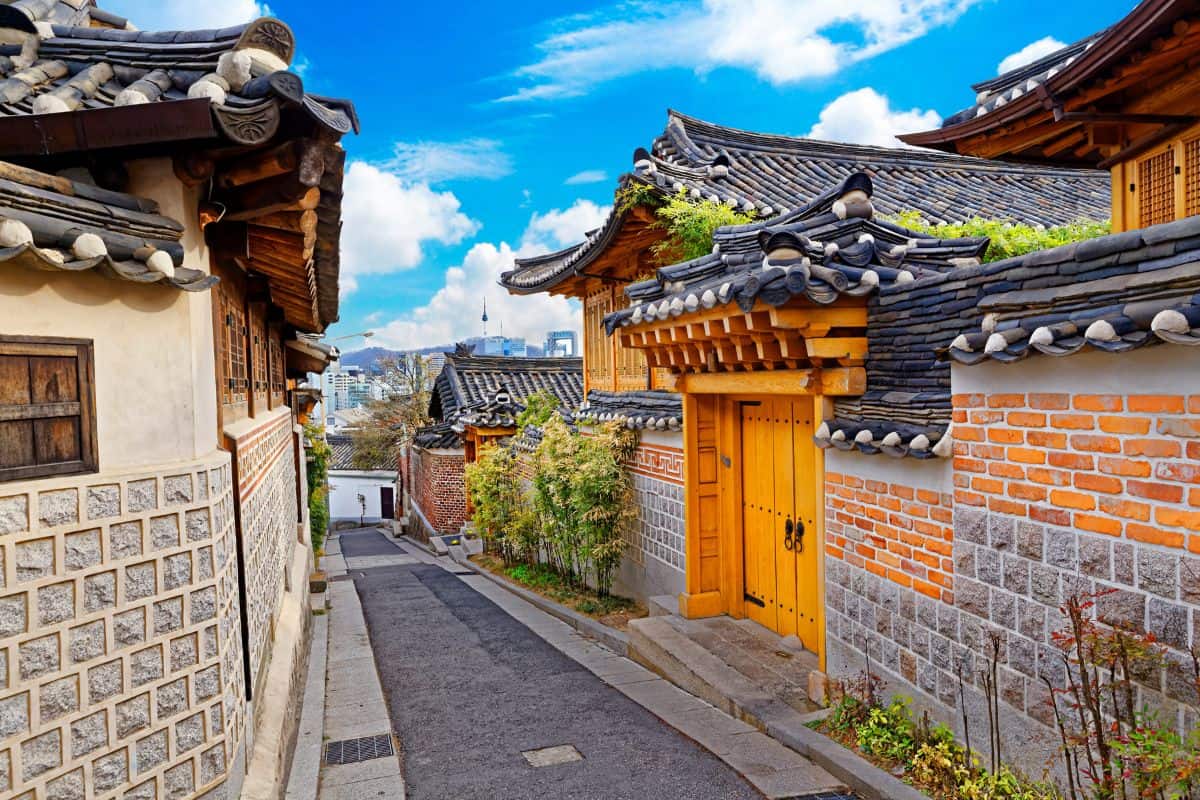
Day 1 Evening: Insadong
The best way to immerse yourself completely in the Korean culture and traditions is to take a short walk south to visit Insadong. In this neighborhood you'll get to see the “older” side of Korea, with innumerable teahouses and booths full of traditional art and antiques.
While walking deeper into the streets, which are packed on even the coldest winter weekend, don’t forget to pick up a souvenir to take a piece of Seoul home with you. And, if you happen to have time, try authentic traditional food like ggultarae (dragon beard candy) and sujaebi (hand-torn noodle soup).
Day 1 Night: Cheonggyecheon Stream
As your first day in Seoul winds down, consider taking a leisurely walk from the edge of Insadong to the serene Cheonggyecheon Stream. As the sun begins to set, most shops will close and you'll want to make your way a bit further south towards the Stream. This urban oasis, stretching over 11 kilometers, is beautifully illuminated at night, creating a magical atmosphere perfect for an evening walk.
The gentle sound of flowing water and the sight of colorful lights reflecting off the stream provide a tranquil contrast to the city center's dynamic energy. It's a great walk after dinner or just beforehand, to get you ready for a dinner of Korean BBQ or Korean fried chicken.
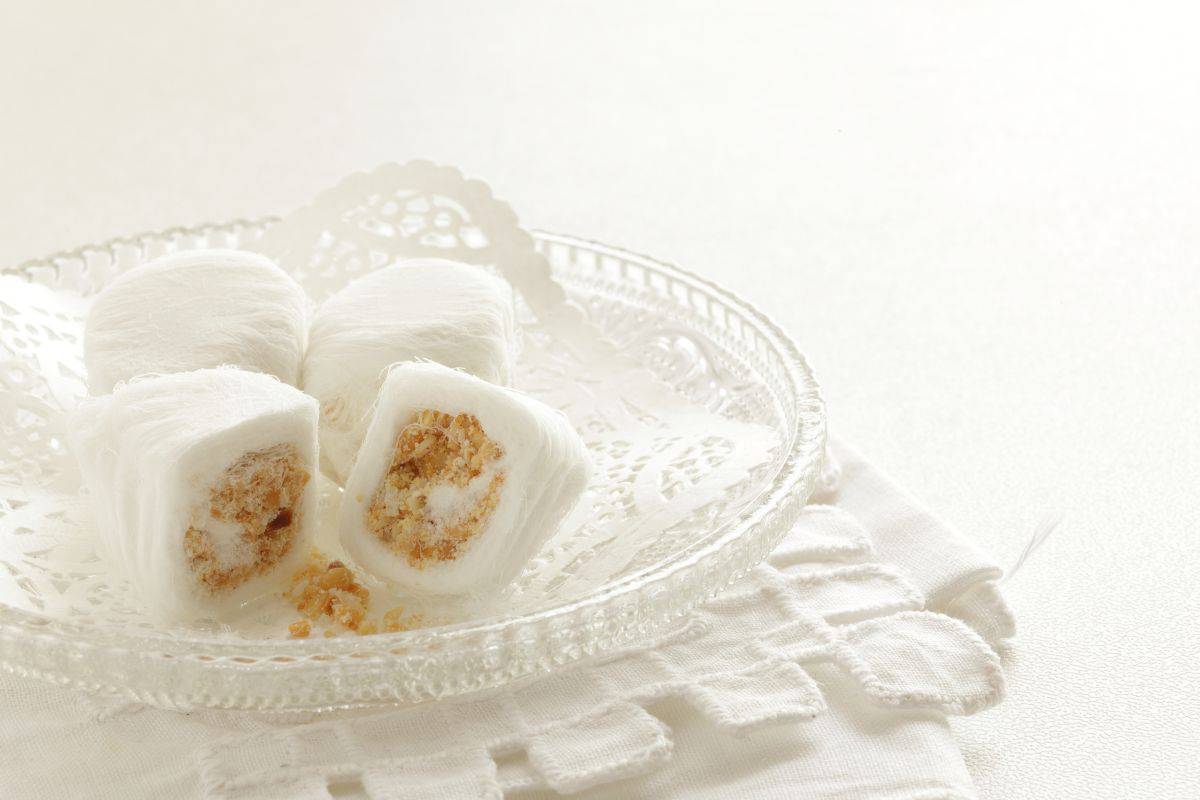
Day 2 Morning: Ihwa Mural Village
Ihwa Mural Village, located on Naksan Mountain, is a vibrant neighborhood transformed by a 2006 public art project. Artists revitalized the area with colorful murals and sculptures, turning it into an open-air gallery. As you explore its narrow streets, you'll find whimsical paintings, intricate mosaics, and stunning city views, making it a perfect spot for photography.
The village also features cafes and shops, providing a relaxing atmosphere amid artistic surroundings, like a more old-school Hongdae vibe. Diverse murals range from playful to thought-provoking, while nearby Naksan Park adds to the scenic views and walking trails.
Day 2 Afternoon: Seoullo 7017 Skygarden
Around 30-35 minutes walk from Ihwa Mural Village is Seoullo 7017 Skygarden, an elevated park in central Seoul. In 2017 the park was transformed from a highway overpass into a lush, 1-kilometer-long green space, featuring over 24,000 labelled plants, including trees, shrubs, and flowers.
It offers a serene escape from the winter weather with seating areas, cafes, and small ponds, providing a tranquil atmosphere above the urban hustle. The Skygarden is also a cultural hub, hosting events, exhibitions, interactive installations, and performances throughout the year. The elevated walkway provides unique city views, especially beautiful at sunset or night.
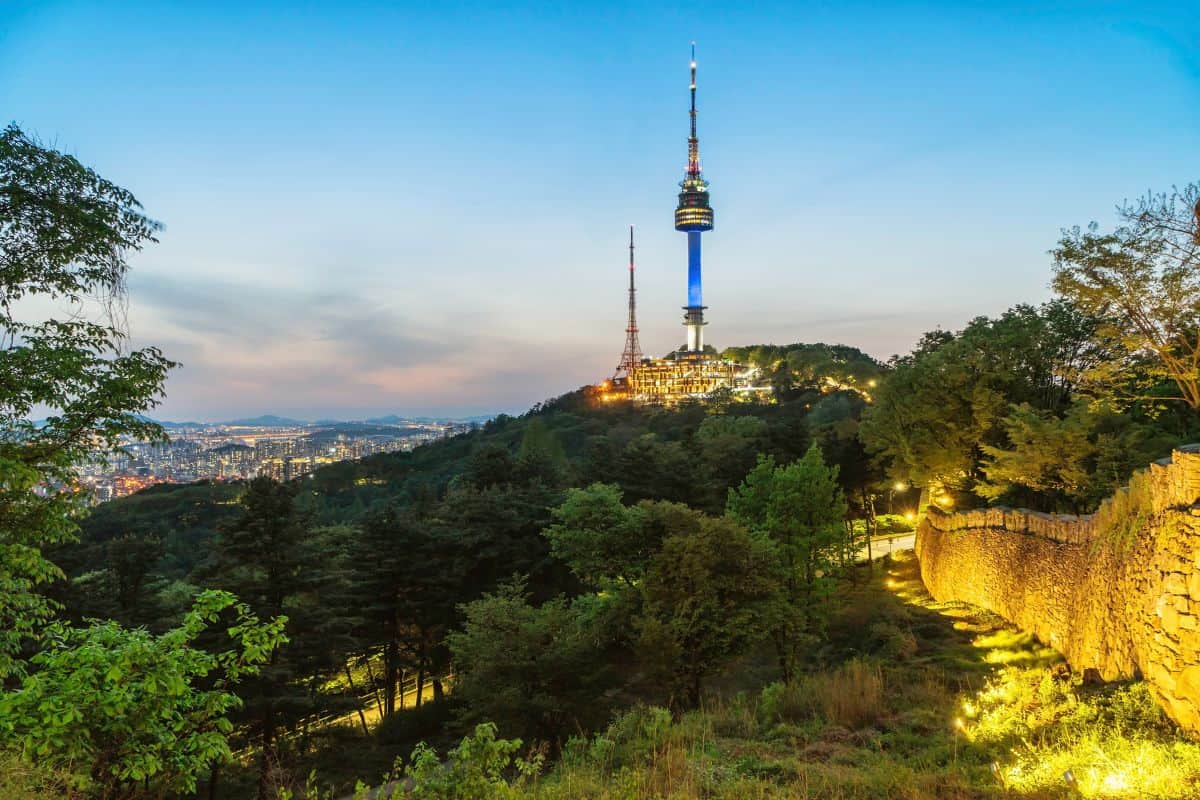
Day 2 Evening: N Seoul Tower
Take your journey to more heights as you hike or ride to the N Seoul Tower, also known as Namsan Tower. It’s a wonderful place from which to enjoy a panoramic view of Seoul’s sprawling landscape, including Bukhan Mountain, Incheon, and the extraordinary Han River.
Expect to see plenty of couples visiting this area, because lovers from all around the world come here for romantic dates and to enjoy the vast views as they hang locks on the iconic Locks of Love fence.
Day 2 Night: Myeongdong
If you're a shopaholic, then add Myeongdong to your Seoul itinerary, ebven in winter. This market-centered neighborhood has many stores of any kind— from affordable shops to luxury boutiques— so you can indulge in some serious retail therapy even if you need to stay inside most of the time.
Myeongdong is also known for its various cosmetics and popular Korean skincare products, most of which you can buy in bulk. The street food by the entrance is great, and there’s also a Michelin Guide restaurant if you’re into dumplings (Myeongdong Kyoja).
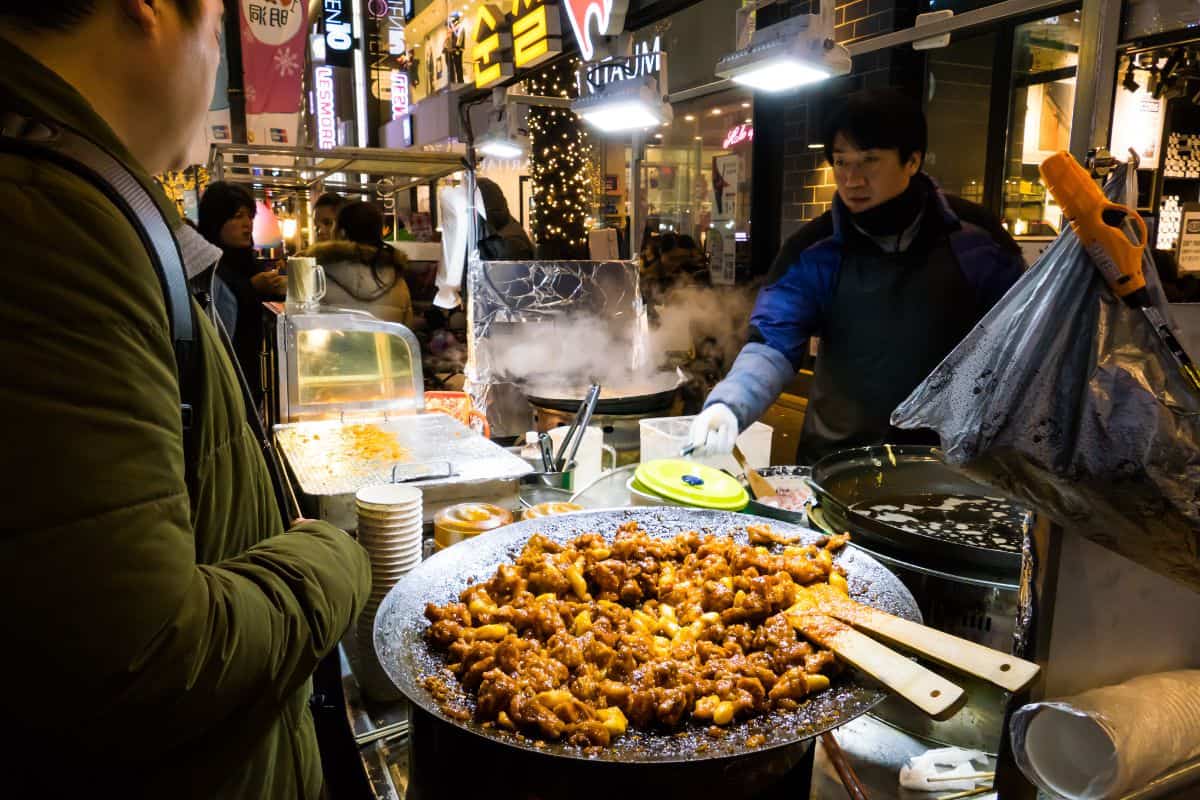
Day 3 Morning/Afternoon: Lotte World
Lotte World, located in the Jamsil district of Seoul, is one of the largest indoor theme parks in the world, offering a perfect blend of entertainment for all ages - and it's a great option on snow days.
The park features thrilling rides, an ice-skating rink, parades, and various shows, making it a fantastic destination for families and thrill-seekers alike. Adjacent to the indoor park is Magic Island, an outdoor section with additional attractions set against the backdrop of Seokchon Lake.
Day 3 Evening: COEX Mall and Starfield Library
COEX Mall, situated in the bustling Gangnam district, is Asia's largest underground shopping mall, boasting a vast array of shops, restaurants, and entertainment options. One of its standout features is the Starfield Library, an open public space with towering bookshelves and a serene reading environment, making it a popular spot for both locals and tourists.
The mall also houses an aquarium, movie theaters, and exhibition halls, offering a comprehensive experience that goes beyond just shopping. Depending on the week, during the winter its conference space plays host to a number of unique food festivals.

Day 3 Bonus: Han River Cruise (Various Ports)
If the Han River isn't frozen over on your visit, you should seek out a cruise, which offers a unique way to experience Seoul's skyline and major landmarks from the water, and is the best place to watch the sunset in Seoul, in my opinion. Departing from various points, the cruises range from daytime sightseeing tours to romantic evening rides with live music and dinner options.
As you glide along the river, you'll see iconic sites like the N Seoul Tower, the 63 Building, and numerous bridges illuminated at night. It's the perfect way to end a 3 day itinerary in Seoul, showing off the rainbow bridge show on th eveening cruises, if you're able to take one.
*Hongdae & Gangnam*
Hongdae and the Gangnam/Apgujeong neighborhoods are both great areas to walk around in at night to take in either artsy shops or luxury lifestyles, respectively, but both are a bit far from the other popular places to see in Seoul. If you want to visit either, I'd allow at least a few hours or a whole evening.
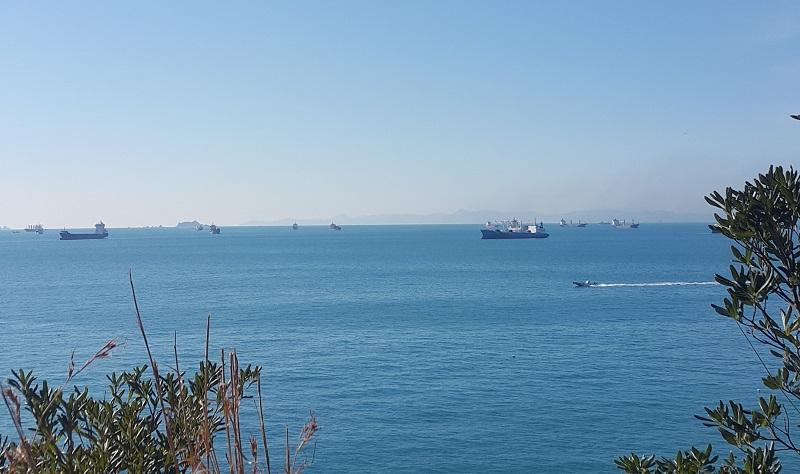
🌟 Next 4 Days in Busan
Day 1: Arrival & GCV
As soon as you arrive in Busan, head straight to Gamcheon Culture Village, an area famous for its engaging street art and immersive cultural experiences. Walking through the colorful paths, you may engage in cultural events, see lively performances, and spot hidden murals tucked away in unexpected places.
You'll want to start your day in GCV, even if you took an early train, because the area starts to wind down around 4pm or 5pm in the winter time, for residents to have a quiet evening. Even in colder weather, most souvenir stores and art installations remain open.
Don’t forget to wear comfortable shoes because the slopes are a bit steep and can be harder to grip if there's rain or snow. Grab dinner nearby or close to your hotel in Busan, then go for a walk along the beach (ideally Haeundae Beach) after dinner if time allows.
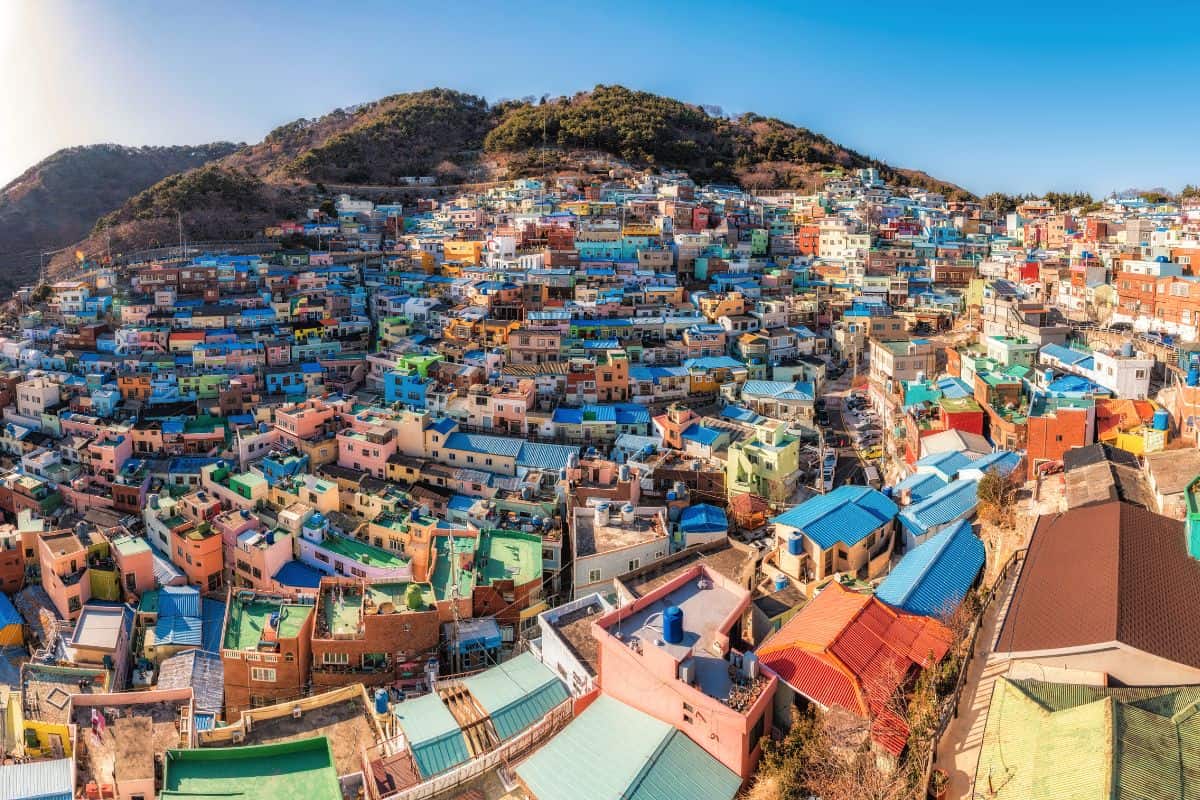
Day 2: Temples & Markets
Start day 2 at the majestic Haedong Yonggungsa Temple, nestled along the coast. This landmark is unique because, typically, temples are found in more mountainous regions, but this one is right on the coast. It's also very sprawling, making it great for a late morning, if your day starts off slower than expected.
Once you've seen your fill, take a taxi to go shopping in one of the largest markets in Busan. Gukje Market offers many traditional items like hanbok, hanja, and handicrafts that are mixed with Korean and Japanese influences.
Here, you can also try the Gukje Market’s pajeon— a savory pancake filled with seafood, veggies, and meat. Moreover, locals celebrate a festival every October, and local performers and food stall owners come out to display their best goods for the event. It's very memorable!
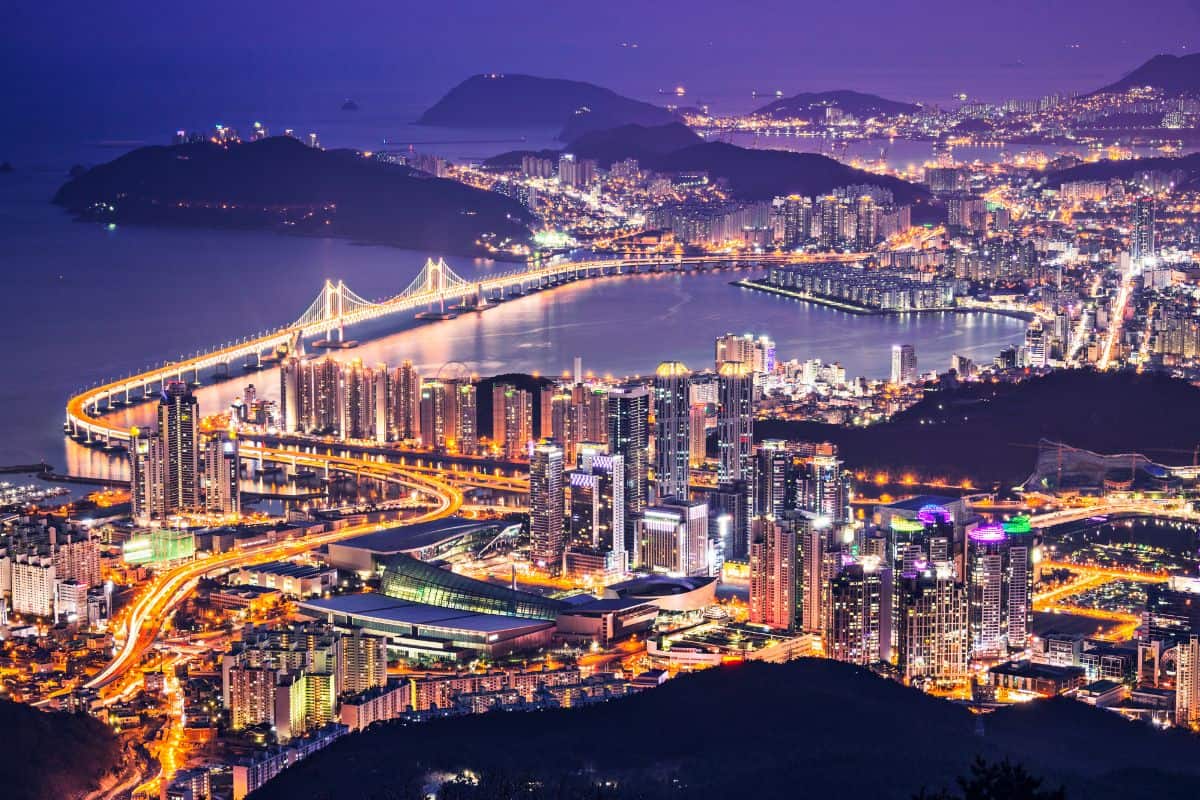
Day 3: Culture & Shopping
Today I recommend starting at BIFF Square, home to the Busan International Film Festival since 1996. Once you get there, you’ll see hand prints of famous celebrities from Korean movies or drama series.
From there you can find Busan Tower, their alternative to Seoul's Namsan Tower, where you can see stunning views of the nearby sea and the coastal cliffs below. It’s also close to the Busan Modern History Museum, which showcases exhibits related to the city’s modern history and its role during the Korean War.
Whenever you get hungry, everything is close by today, so you can visit the Jagalchi Market nearby, and experience first-hand the local seafood industry and fishing culture.
Also, try the ssiat hotteok (a sweet pancake with a variety of seeds and nuts), a crispy sweet treat that’s worth trying before you leave. If you have the time and energy, don’t forget to check out Gwangbokro Fashion Street to try on local Korean fashion and find huge discounts on clothes and cosmetics.
Day 4: Aquarium & Sealife
Start your last day by bringing your family to the SEA LIFE Aquarium to experience immersive exhibits and activities involving penguins and sharks.
This is the perfect way to end a trip to Busan if you need to take the train back to Seoul that evening, or if you have the evening to yourself, to spend it in the Seomyeong neighborhood or by the beach trying the spicy Korean street foods unique to Busan.
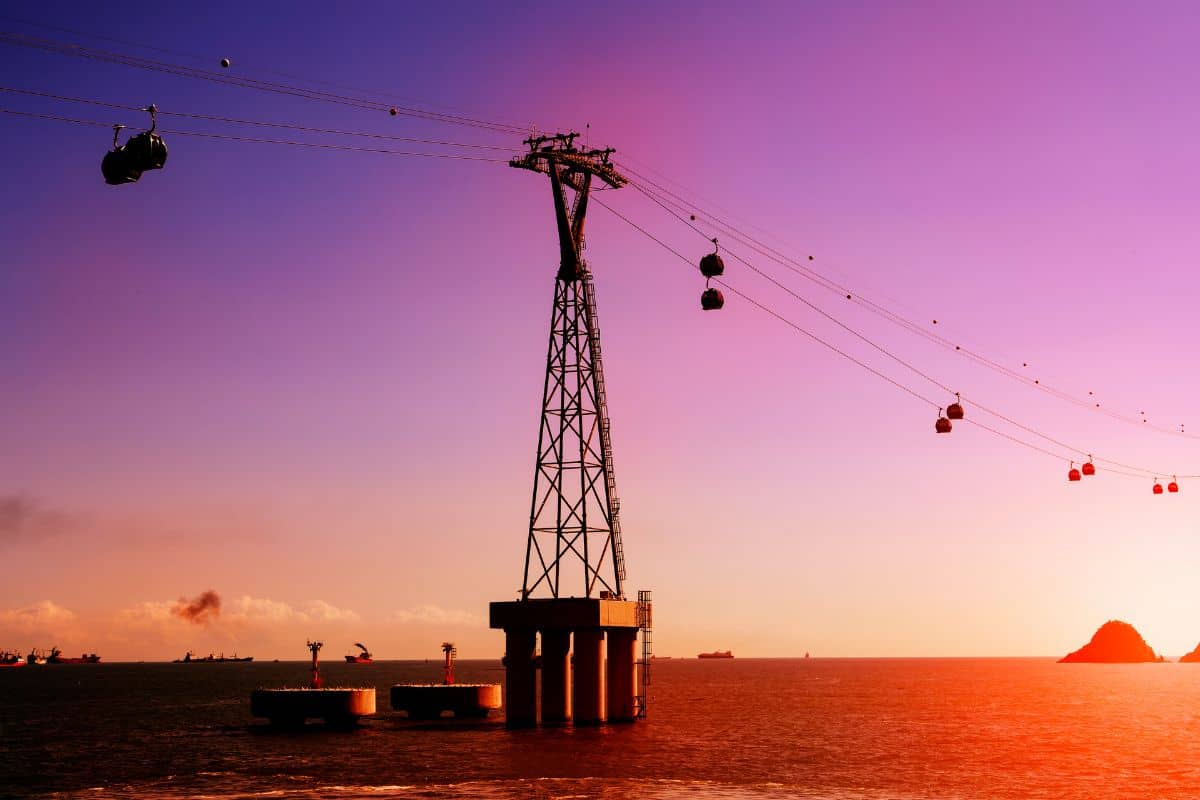
🌟 Next 4 Days in Jeju Island
Jeju Island is a popular destination known for its stunning volcanic formations, large beaches, and tall waterfalls. This is also where you can find the breathtaking Hallasan mountain, known for its serene natural beauty, with 7 hiking trails fit for adventurers of all types. Jeju is also home to plenty of Instagram-worthy locations like Orrrn and Bonte Museum.
If you don’t want to trouble yourself getting a Visa but would still like to enter South Korea, then you might like the idea that Jeju grants Visa-free entry to select countries. Refer to the Embassy Notice to see if your country qualifies for Visa-free entry to Jeju.
While on Jeju Island, make sure to:
- Hike the stunning Hallasan National Park, home of the highest peak in South Korea, and offers picturesque views of eye-popping flora, volcanic landscapes, and tall waterfalls as you walk through the trail.
- Visit the quirky Teddy Bear Museum— the first of its kind in Korea. This building features everything you want to know about these toys, along with stories that are sure to delight both adults and children.
- Explore the Manjanggul Cave, one of the longest lava tubes in the world, stretching approximately 7,400 meters, with the massive 8-pillar stone pillar at the end.
Suggested itinerary:
Days 1-2
It’s always best to start the trip honoring the culture’s roots by visiting a museum with plenty of well-preserved hanok houses. Head over to the Jeju Folk Village Museum and take snaps of the various kinds of hanok homes featured in their halls. Here, you also get to learn more about the island, the rituals, folk beliefs, and customs their natives did before modern influences came.
Nearby is the legendary Dragon Head Rock, a cliff formation that looks exactly like its name. There were plenty of stories about this dragon, but perhaps the most famous is about a dragon that stole a sacred jade stone and was killed by an arrow, instantly turning the creature into stone.
Day 3
Dongmun Traditional Market is a bustling market known for providing a bit of everything, generally visited by locals needing fresh produce. The food stalls also serve the famous Jeju black pork, tangerines, and fresh seafood.
Day 4
For those who want to explore a unique kind of park, Jeju Loveland offers something unusual to adventurers of this city. It’s a sculpture theme park full of phallic figures and art you can touch. It’ll be a memorable trip that will delight you and your significant other.
Day 5
On the 5th day, hiking is a must-do activity for visitors in Jeju Island. There are plenty of trails for all skill levels (from easy to challenging), and all roads lead to the summit of Hallasan, also known as the highest point in South Korea. As you trek the trail, be sure to keep an eye out for the Jeju shika deer, Korean hare, and other bird species.
Day 6
Come see the Teddy Bear Museum, a collection of teddy bears worldwide. Guests of all ages will have a wonderful time perusing bears of all kinds, ranging from antiques to contemporary designs. Children will also love the “Teddy Bear Factory,” where they can build a bear and customize it however they like.
Day 7
End your trip by venturing into the longest lava tube on Earth. In Mangjanggul Cave, you can see fascinating geological formations, unique plants and animals, and hiking trails. Hikers and nature lovers will definitely enjoy a guided tour of the cave's otherworldly atmosphere.
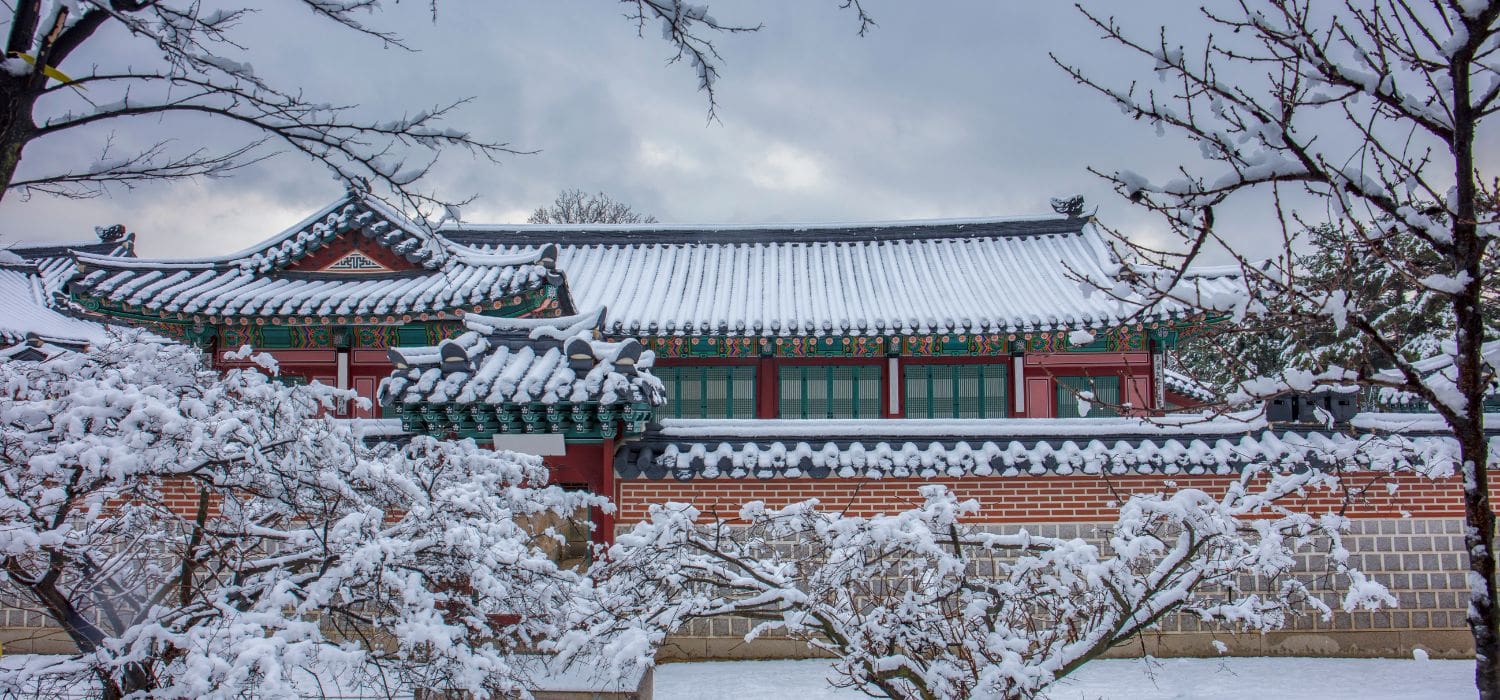
🌟 Next 4 Days in Gyeongju
Gyeongju used to be the capital of the Silla Kingdom from 57 B.C. to 935 A.D. Coming here gives you a glimpse of Korea’s traditional past since this city is home to many historical sites like the Bulguksa Temple and the Seokguram Grotto. It also hosts various cultural festivals like the Gyeongju Cherry Blossom Festival and the Gyeongju World Culture Expo. This itinerary is highly recommended to history buffs and culture enthusiasts.
While in Gyeongju, don't miss the chance to:
- Marvel at the ancient Bulguksa Temple, a landmark that stood since the 8th century and is now hailed as an important UNESCO World Heritage site.
- Visit the Gyeongju National Museum. It has an interesting array of cultural and artistic achievements done by artists, poets, and other notable people who made a strong difference during the Silla Dynasty.
- Explore Wolji Pond in the Gyeongju Donggung Palace— a pond in a royal garden with scenic surroundings and a mystical nighttime view.
Suggested itinerary:
Day 1
Visit the Bulguksa Temple and admire its intricate architecture, which blends well with the surrounding landscape. Join the guided tour to learn more about Buddhist traditions and partake in some of their practices.
Day 2
Head to the Seokguram Grotto, another UNESCO World Heritage Site with a large structure immortalizing Buddha's enlightenment. Aside from its stunning architecture, you can enjoy a tranquil hike to the grotto, and your guided tour will teach you Buddhist ways of appreciating life.
Day 3
Go on a food trip by visiting the Hwangnam Bread Bakery in the morning and try some of their red bean bread. Next, head over to Sukyoung Sikdang and try local homemade food from a diverse menu that even vegans can enjoy. And, for dinner, enjoy a tasty pizza with a swig of really good craft beer in DOMi.
Day 4
Book a Gyeongju Donggung Palace and Wolji Pond tour, a former palace where the crown prince of the Silla Dynasty lived. Here, you can see the beautiful Anapji Pond, where pottery fragments were found bearing the pond’s original name, “Wolji.” This place is also a prime destination to admire the beauty of the moon.
Day 5
Explore the Jungang Market, also fondly called by the locals as the “Lower Market.” With over 700 shops, you’ll never run out of things to see, buy, and do. Here, you can try someori gukbap or ox-head soup, and make sure to eat it with rice. Then, you can go to Gyeongju Seongdong Market, near the Gyeongju station, and look through various goods and try the local take on hotteok, tteokbokki, and mandu.
Days 6-7
Make your last stop at the Bomun Lake Resort, a charming resort area with beautiful cherry blossoms in spring. Here, you can enjoy a variety of good food while appreciating the natural beauty of the area.
Moreover, you can enjoy relaxing activities like playing golf at the Gyeongju Country Club or playing in the water by kayaking, canoeing, and paddleboarding. It’s the perfect cap for your historical tour, especially because it has several spas and wellness centers that provide optimal relaxation.
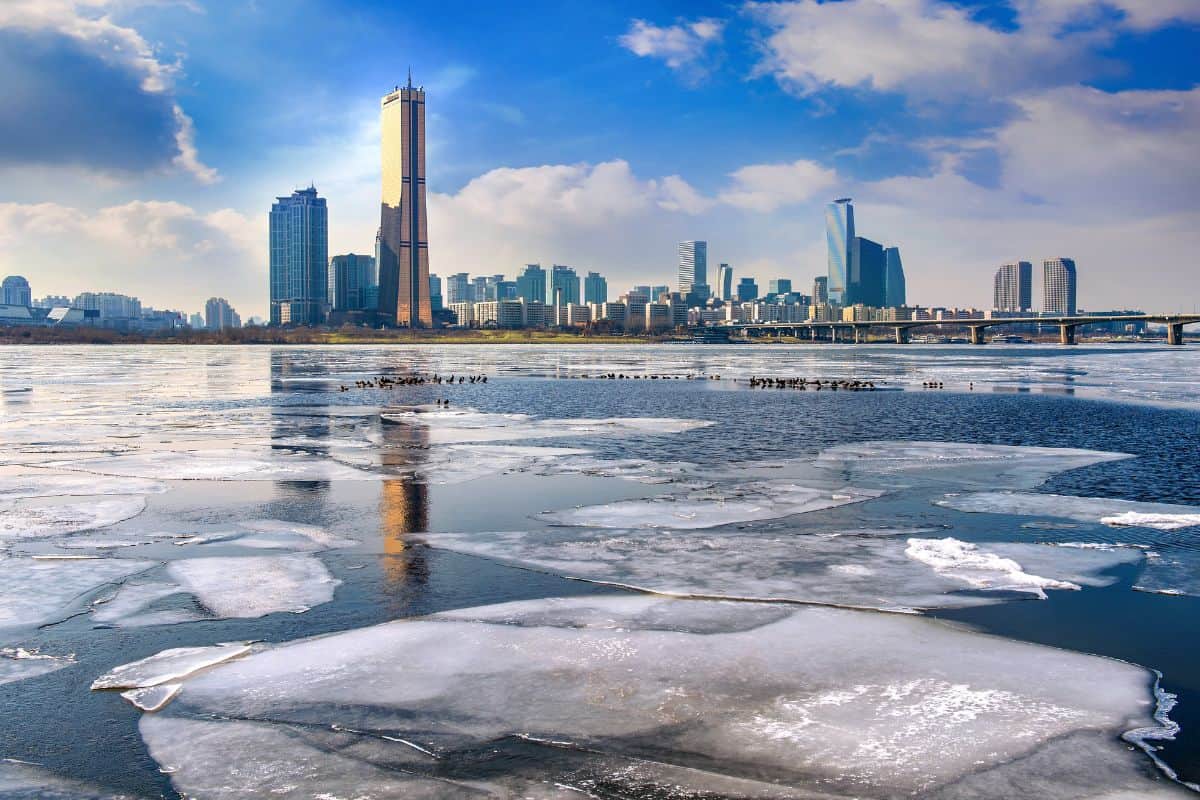
🌟 Next 4 Days in Jeonju
Venture into the birthplace of the Joseon Dynasty and wander through the streets to get a real taste of Korea’s finest cuisine, cultural experiences, and delightful views away from the fast-paced life in the capital, all while you stay in a Jeonju hanok, a traditional Korean house.
Here's a suggested itinerary for your Jeonju visit:
- Wander through Jeonju Hanok Village, home to over 800 traditional Korean houses.
- Savor the local cuisine at Nambu Market, offering a variety of intriguing Korean street foods like kongnamul, gukbap, and jeonju bibimbap.
- Visit the Gyeonggijeon Shrine, an important historical site in the city.
Suggested itinerary:
Day 1
See the Jeonju Hanok Village, a larger hanok village filled with colorful homes. It’s bigger than the Bukchon Hanok Village and is a slow neighborhood that has successfully retained its historical charm and traditions, making it an absolute delight to wander around. It’s also a good opportunity to try booking a stay in one of their hanok houses so that you can learn how the unique underfloor heating system works (ondol).
Day 2
The charm of Nambu Market has been revitalized by young entrepreneurs and shopkeepers who rebuilt the place to mimic the night scene of Hongdae and Samcheong-dong. People looking for sweet traditional treats often enjoy nokdujeon (mung bean pancakes) and bibimbap spring rolls (a new way to enjoy this rice bowl dish).
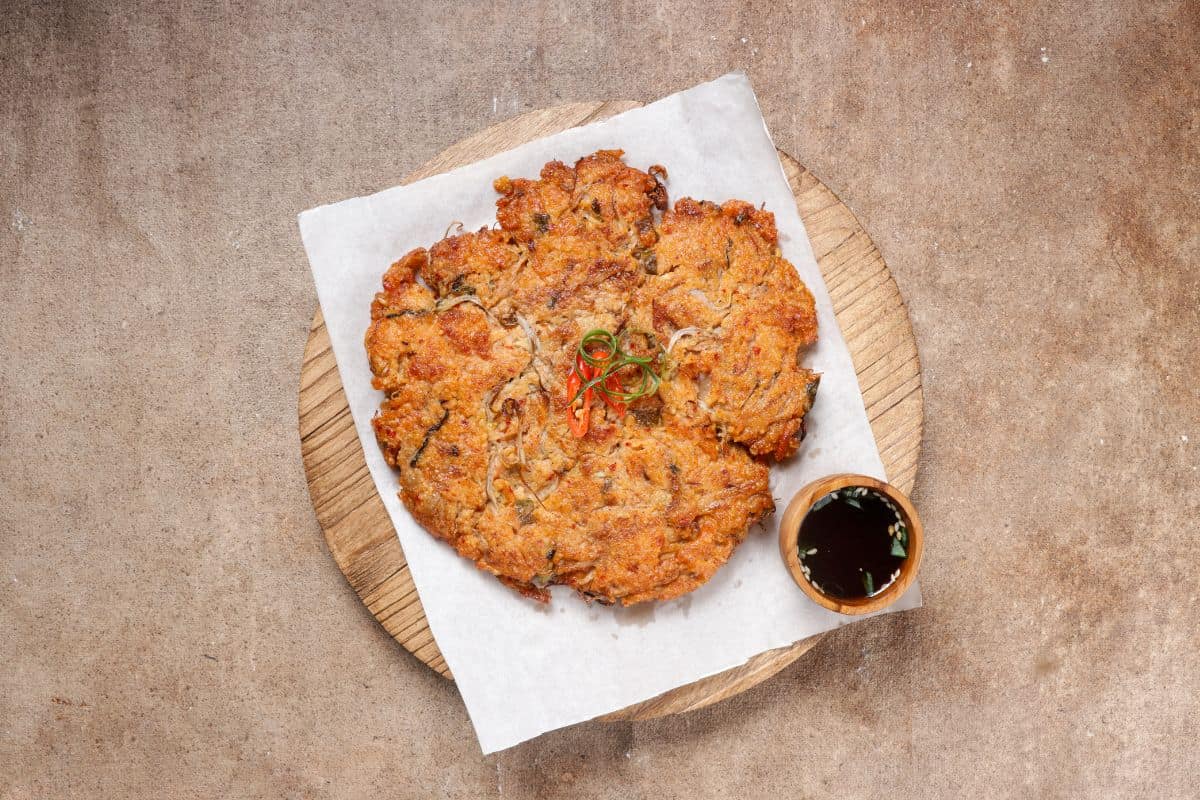
Day 3
Enter the Gyeonggijeon Shrine, the site where the portrait of King Taejos, the founder of the Joseon Dynasty, is located. It also has a park nearby, with tall trees, vibrant gardens, and a wide pond. Furthermore, there’s a museum featuring artifacts dating all the way back to the Joseon Dynasty, and if you are lucky, you may catch some music performances and exhibitions inside.
Day 4
The Jeondong Catholic Church is a beautiful example of Gothic architecture, and the guided tour is a great way to learn about its history and the influence of other religions in Korea. Even if you're not religious, the church is definitely worth a visit for its historical and cultural significance.
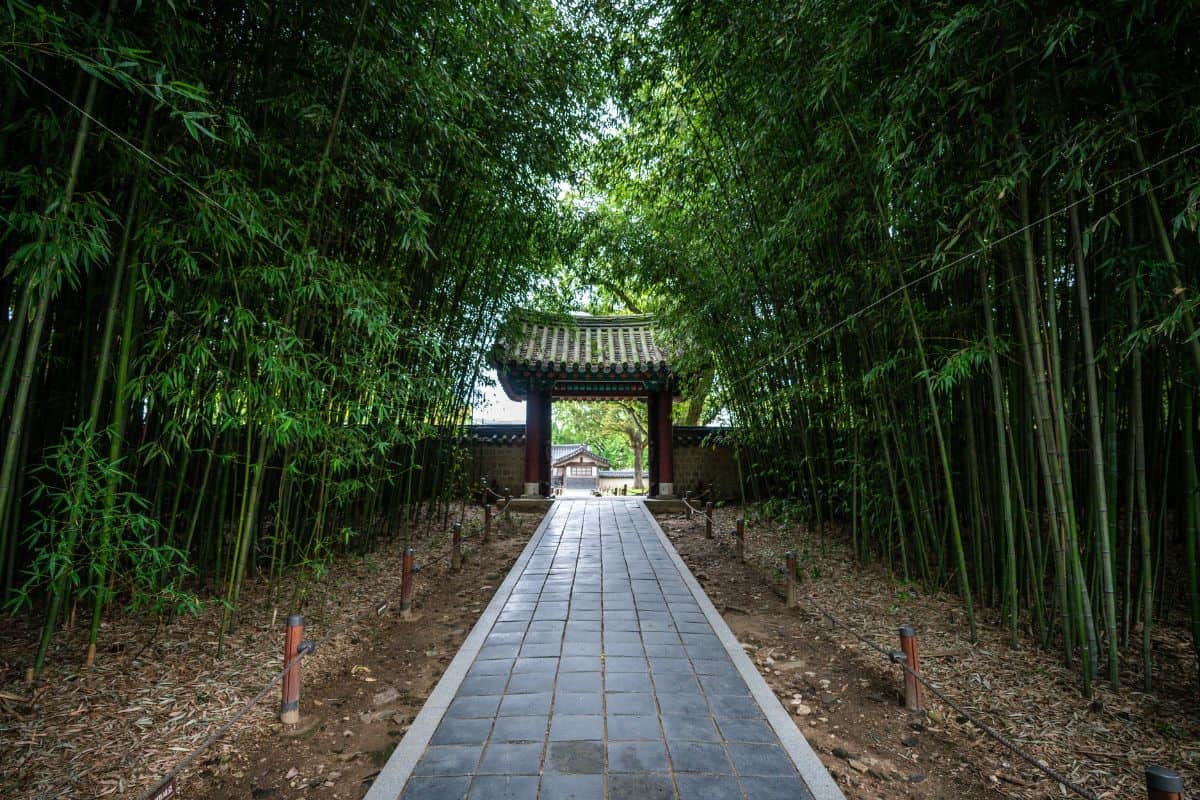
Day 5
Interact with the animals at Jeonju Zoo. It’s a small zoo where you can see various animals by riding a train that takes you around. You can also pet rabbits, goats, and sheep and feed them. Somewhere within is the butterfly house, a wide space that hosts different species of butterflies with educational information about their life cycle.
Day 6
See the Jeonju World Cup Stadium. Since 2002, this stadium hosted the FIFA World Cup and is now used for various sports events. Take a stadium tour and visit its museum, where you can find interesting facts about how soccer has massively influenced Koreans before and after the FIFA World Cup.
Day 7
For the last day, travel to see the breathtaking hills of Omokdae and Imokdae. These are 2 hills in Jeonju that offer an unforgettable view of Jeonju. These hills also used to be a military fortress during the Joseon Dynasty.
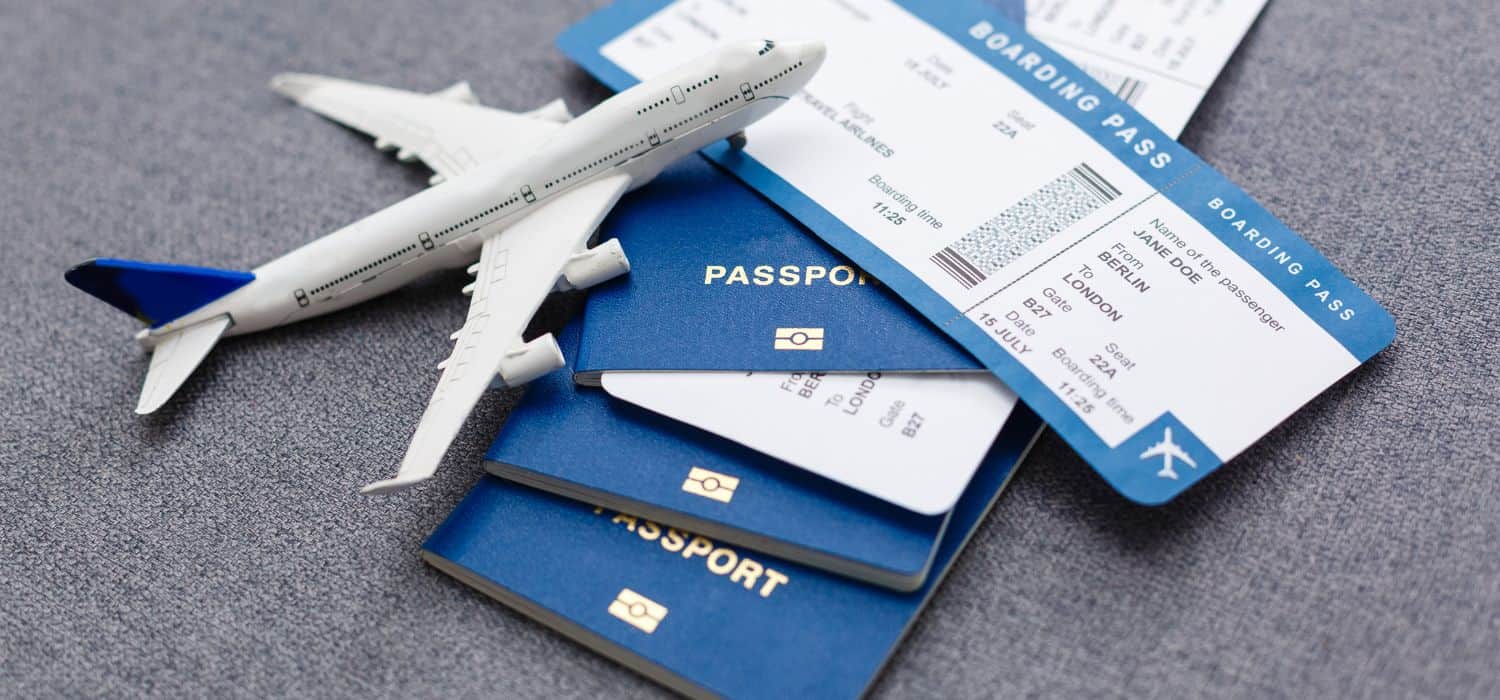
🚅 Winter Day Trips from Seoul
DMZ and JSA
The best way to learn about the division of North and South Korea is to visit the DMZ and JSA. There are plenty of guided tours to the Demilitarized Zone (DMZ) and the Joint Security Area (JSA) that teach you about the ongoing political conflict between the two Koreas.
It's important to know that you must go with an officially sactioned tour company - it's still a war zone, after all. You can also see key landmarks like the Bridge of No Return and the Third Infiltration Tunnel. Note that slots for these tours fill up quickly so it's always best to book ahead of time.
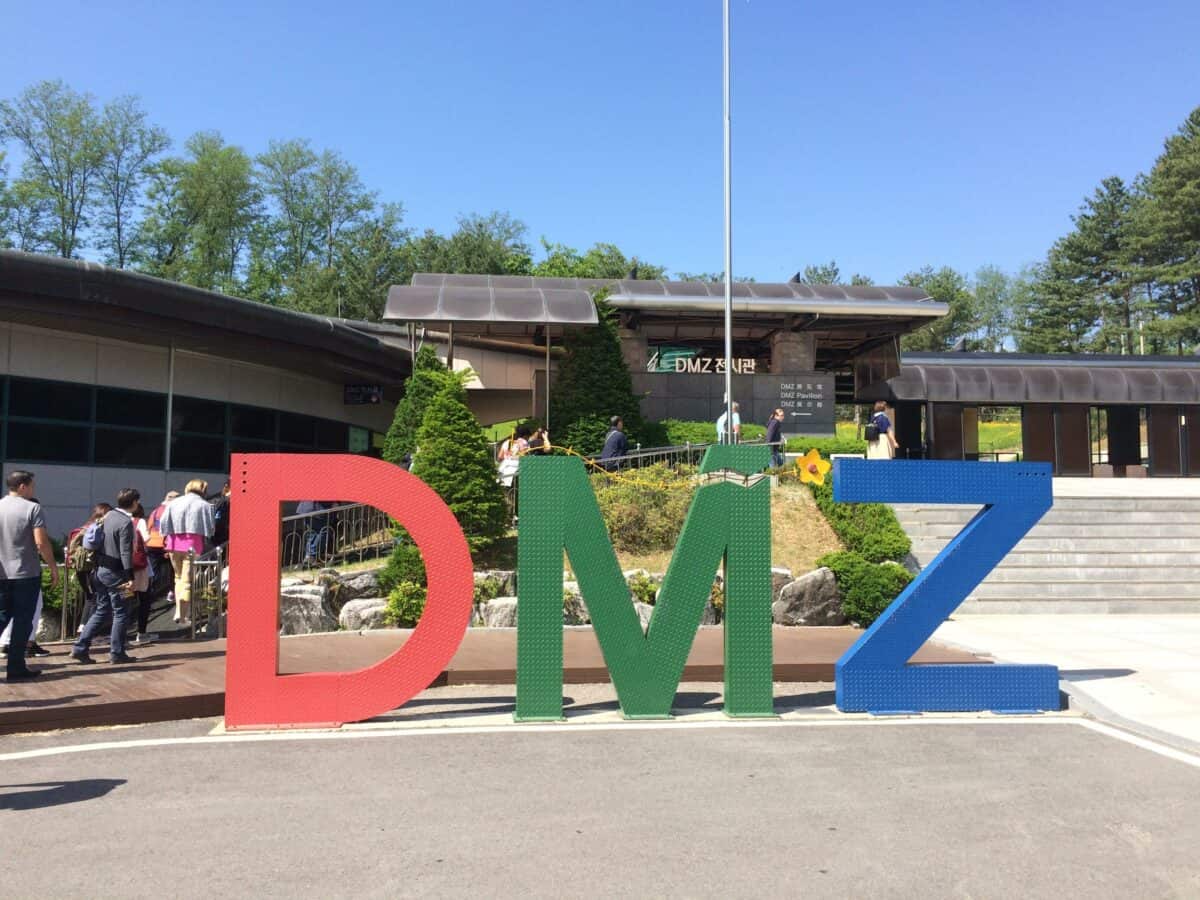
Nami Island
If you happen to be in Korea during early or late winter (November or March), make sure to visit Nami Island from Seoul by riding a ferry or a zip line (yes, you read that right). Here it will be much less crowded than in the most popular seasons of spring and fall.
Here you can enjoy quiet walks with loved ones as you explore the scenic tree-lined paths and tranquil lake views, and take a side trip to nearby Petit France, if time allows. Biking the trails is also a brilliant way to explore the whole island, as long as it's not snowing or raining.
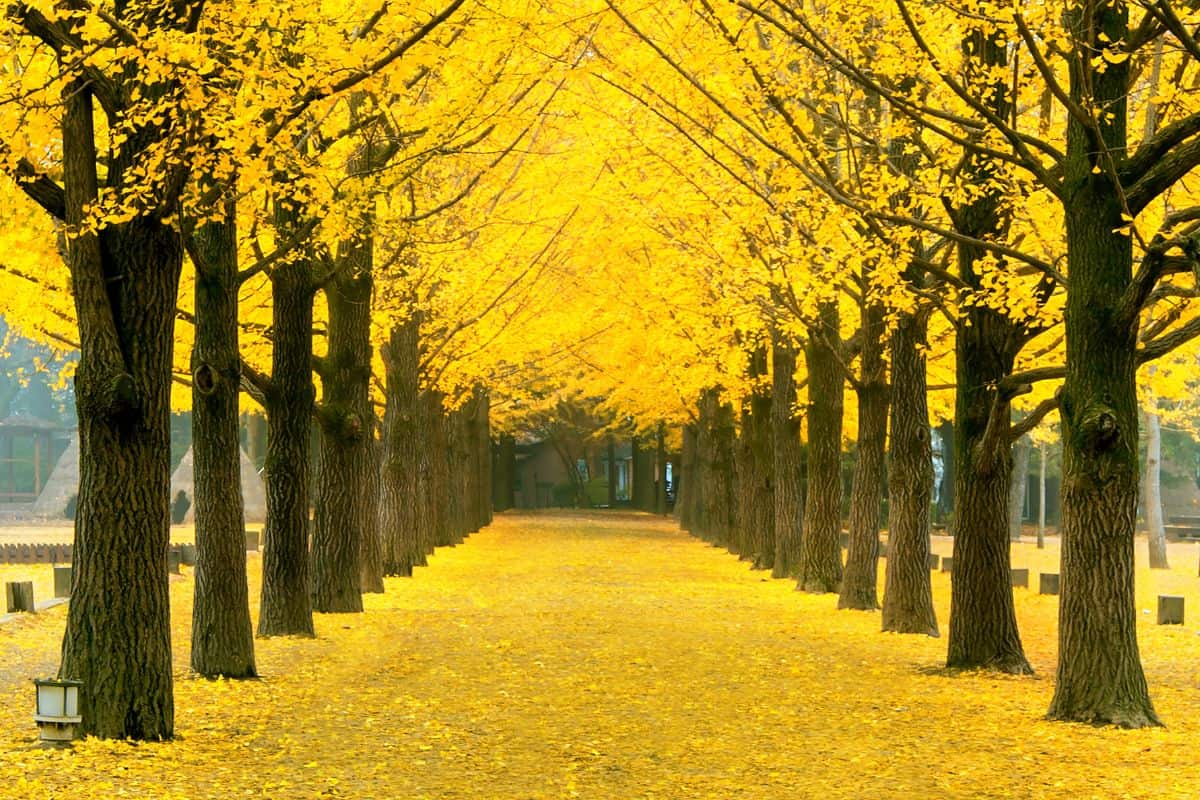
Hanbok Rental in Seoul
One of the best ways to really feel as if you’re part of Korea’s vibrant history is by wearing their traditional garb in the city's royal palaces, some Buddhist temple trails, and hanok villages.
You'll see many hanbok rental shops near each entrance, but you can also rent online ahead of time for a faster, hassle-free option. Wearing a hanbok not only makes your trip feel more special— it also grants you free access to all 5 historical palaces.
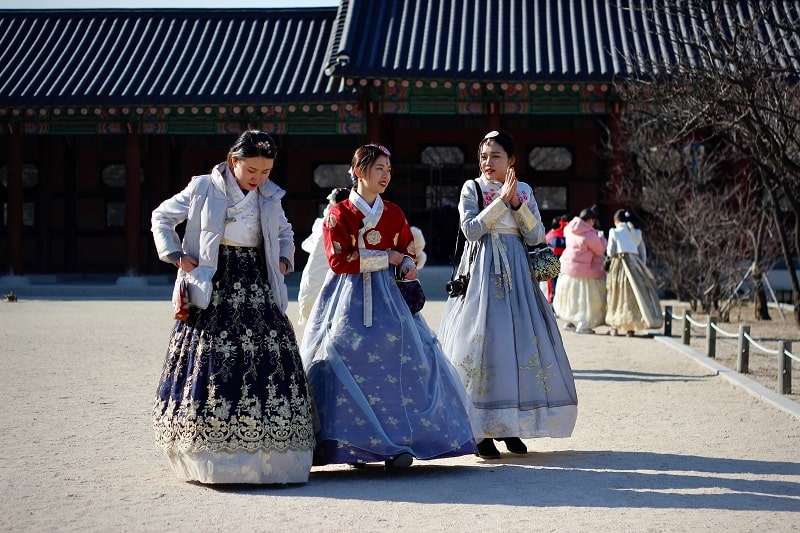
K-Pop Shows & Dance Lessons
You’ve probably heard of K-Pop by now - over the last decade it's become one of the strongest reasons Korean culture is becoming known worldwide. If you or a loved one is a K-Pop stan, you can purchase tickets at Interpark or Yes24 to see a live K-Pop performance during your trip.
Alternately, you may even get a chance to see celebrities entering or exiting their respective entertainment company buildings while on a Hallyu Tour.
Local K-Pop fans even host café events celebrating their favorite bands’ recent album release or if it’s the birthday of their choiae (favorite group member), while more active fans can take a K-Pop dance class on their visit.
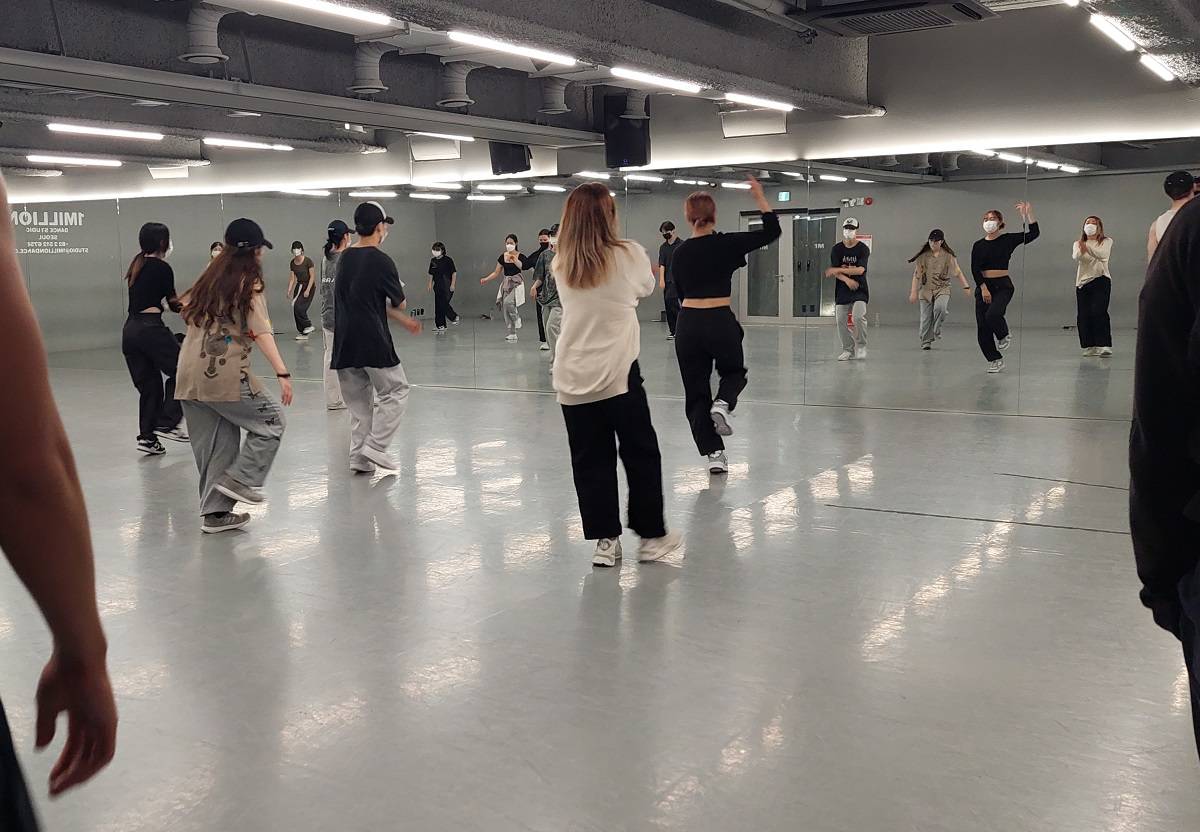
Jimjilbang (Korean Spa)
If you’re looking for an authentic Asian spa experience, the best way to do so is to visit a jimjilbang, or public bathhouse. If you've never been to a Korean spa, it's an all-day experience for which there's really no comparison - it's fully divided by gender, and you're even required to remove all of your clothes.
You're then given spa-regulated clothing to wear in all public areas, equalizing the spa experience for locals and foreigners alike, and bathing suits for the rare spas which have a non-gendered swim area - and yes, otherwise you're completely naked in the gendered spa areas.
I found when living in Korea that these spas are more than just a place to relax in saunas, hot tubs, and getting massages, but that sometimes these spas have arcades, internet cafés, and even karaoke, in addition to dining areas.
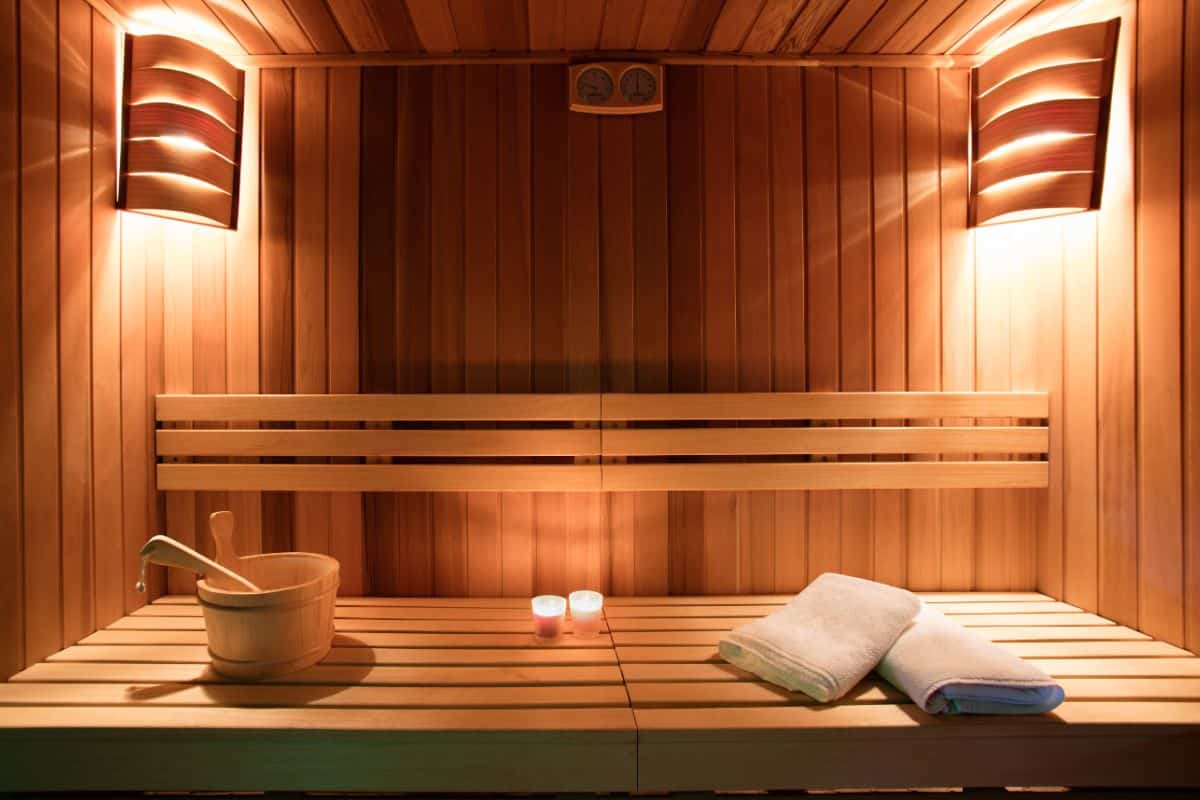
🎊 Winter Festivals in Korea
If you happen to be in the country during any of these Korean winter festivals, all of them are worth spending a full day of your trip to go explore and visit - especially outside of Seoul, Korean festivals are a very local experieince, full of wintertime local specialties. All the festivals below are listed in order of earliest to latest from December to March.
- Seoul Lantern Festival: Held in early December, this festival illuminates the Cheonggyecheon Stream in Seoul with beautiful lantern displays, celebrating Korean culture and history.
- Garden of Morning Calm Lighting Festival: Running from December to March, this festival features millions of LED lights decorating the Garden of Morning Calm, creating a magical winter wonderland perfect for evening strolls just outside of Seoul.
- Pyeongchang Trout Festival: Running from late December to early February in Pyeongchang, this festival features ice fishing, sledding, and other winter activities, attracting visitors looking for a fun winter getaway.
- Taebaek Mountain Snow Festival: Held in January in Taebaek, this festival showcases impressive snow sculptures, ice skating, and various snow-related activities, celebrating the winter season in a picturesque mountain setting of Gangwon-do (my adopted province in Korea!).
- Hwacheon Sancheoneo Ice Festival: Taking place in January in Hwacheon, this festival is famous for its ice fishing, where participants catch mountain trout through holes drilled in the frozen river. The festival also includes ice sculptures and other winter activities - I swear it's more fun that it sounds!
- Jeju Fire Festival: Held in early March on Jeju Island, this festival celebrates the island's agricultural traditions with large bonfires, traditional performances, and various cultural activities, marking the end of winter and the beginning of the farming season.
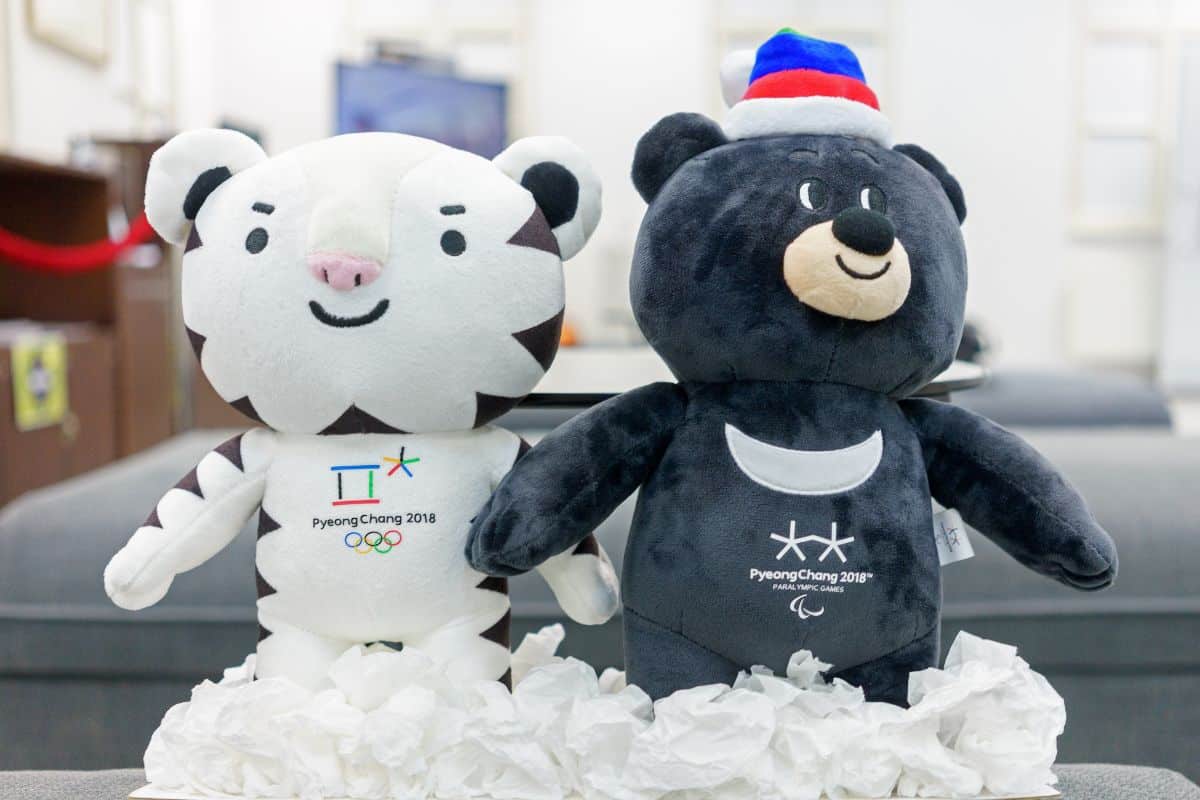
📝 Korea Travel Tips
Language Basics
The official language in South Korea is Korean, and the Korean alphabet is called Hangeul. While it's not necessary to be fluent in Korean, knowing some basic phrases will make your trip smoother and more enjoyable.
Most young Koreans can understand and speak basic English, especially in larger cities like Seoul and Busan. However, learning a few greetings and essential phrases can enhance your experience and demonstrate respect. Here is some basic Korean you can learn before your trip:
- 안녕하세요 (an-nyeong-haseyo) – Hello
- 반갑습니다 (ban-gap-seub-nida) - Nice to meet you (formal)
- 감사합니다 (gam-sahm-nida) - Thank you
- 죄송합니다 (chae-song-ham-nida) - Sorry
- 어디에요? (ahw-di-eyo?) - Where is it?
- 얼마예요? (awl-ma-yeyo?) - How much is it?
- 맛있어요 (mah-shi-soh-yo) - It's delicious
- 잘 몰라요 (jal mor-lah-yo) - I don't know
Currency Basics
The currency used in South Korea is the Korean Won (₩), currently trading at roughly ₩1250 per $1USD, though it's important to check the exact exchange rate right before your trip.
You can exchange your currency for Korean Won at banks, exchange offices, and some hotels, though often you'll get the best rate from a credit card with no transaction fees. ATMs are also widely available in South Korea, and many accept foreign debit and credit cards.
Credit cards are widely accepted in South Korea, especially in larger cities like Seoul and Busan. However, it's best to carry some cash for small purchases and in case of emergencies. Most street vendors only accept cash, so having some Korean Won on hand is important.
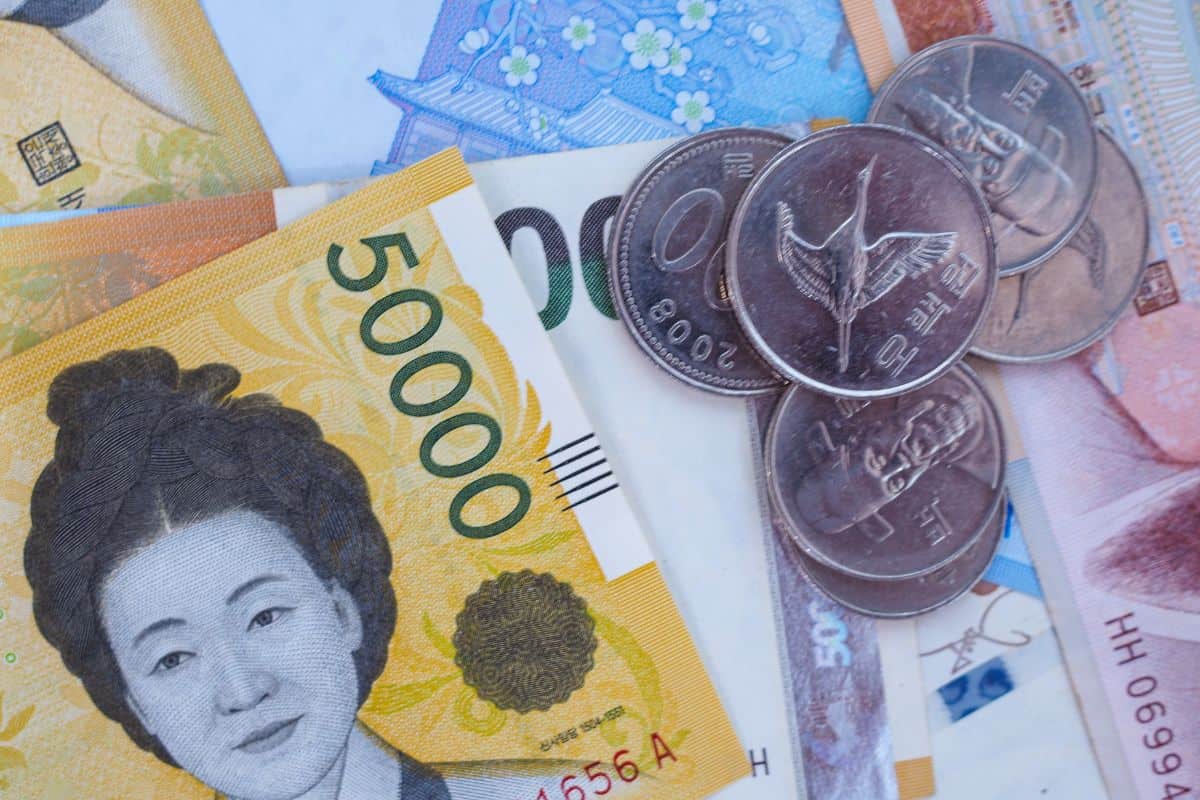
Safety Tips
South Korea is a safe destination for tourists and solo travelers. However, like any other country, it's essential to take precautionary measures and practice common sense to ensure a worry-free trip. Some tips for staying safe include:
- Be cautious with your belongings and avoid displaying valuables openly
Even though Seoul is hailed as a safe country where you can comfortably leave your valuables openly, this is not always the case. Try to avoid displaying valuables openly and keep your belongings close to you. Pickpocketing can still happen in crowded areas, so be mindful of your surroundings.
- Stay in well-known areas, and if you're planning to stay in a guesthouse, consider using popular booking sites like Agoda or Booking
It pays to read customer reviews and learn ways to keep yourself safe in Korea. Learn important contact numbers so that in case something happens, you know who to call. 1330 is for tourists who need tourism support and translation services, and 120 is a helpline that provides information on anything Seoul-related in English, Chinese, or Japanese.
- Purchase travel insurance, such as WorldNomads, to cover any unexpected events or emergencies during your trip
It’s always a good thing to have travel insurance with you to help cover medical services in case your trip goes awry. Even though Korea has affordable medical services, travel insurance makes it easier to cover any unexpected events or emergencies during your trip, like when my sister had to go to the hospital on her first trip to visit me.
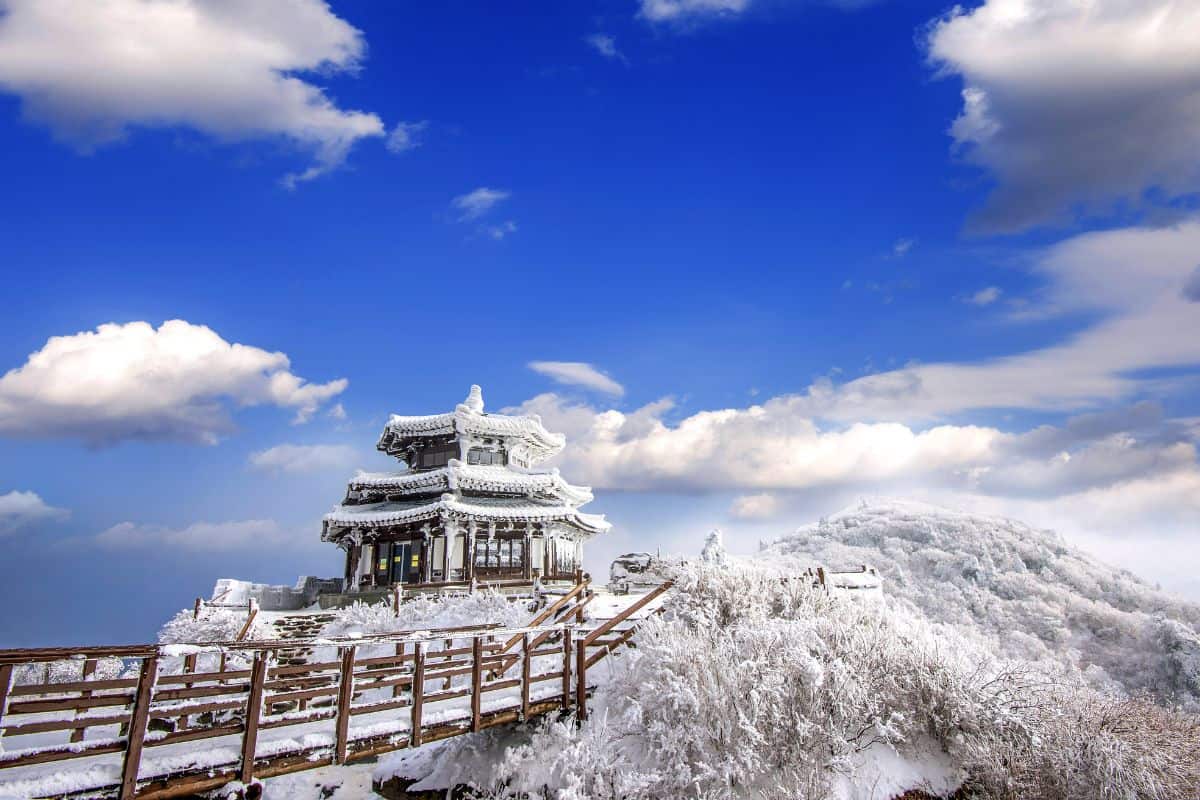
🙋 Frequently Asked Questions
While in South Korea, a Korean SIM card is a must for communication, internet connection, and registration in any of the Seoul apps recommended to enhance your stay in the country. There are various plans available, but you can check the Information Desk at Incheon Airport or find a KT Olleh store in Seoul for the most recent pricing.
It's important to note that tipping is uncommon in South Korea. In fact, it's often considered rude to tip in restaurants and other service industries. However, if you receive exceptional service, you can show appreciation by saying "kamsahamnida" (thank you).
Yes, South Korea is safe, even for solo travelers. Just avoid flashing valuables, stay in well-reviewed areas, and keep key numbers like 1330 (tourist help) and 120 (Seoul info) on hand. Travel insurance is also a smart backup for any emergencies.

